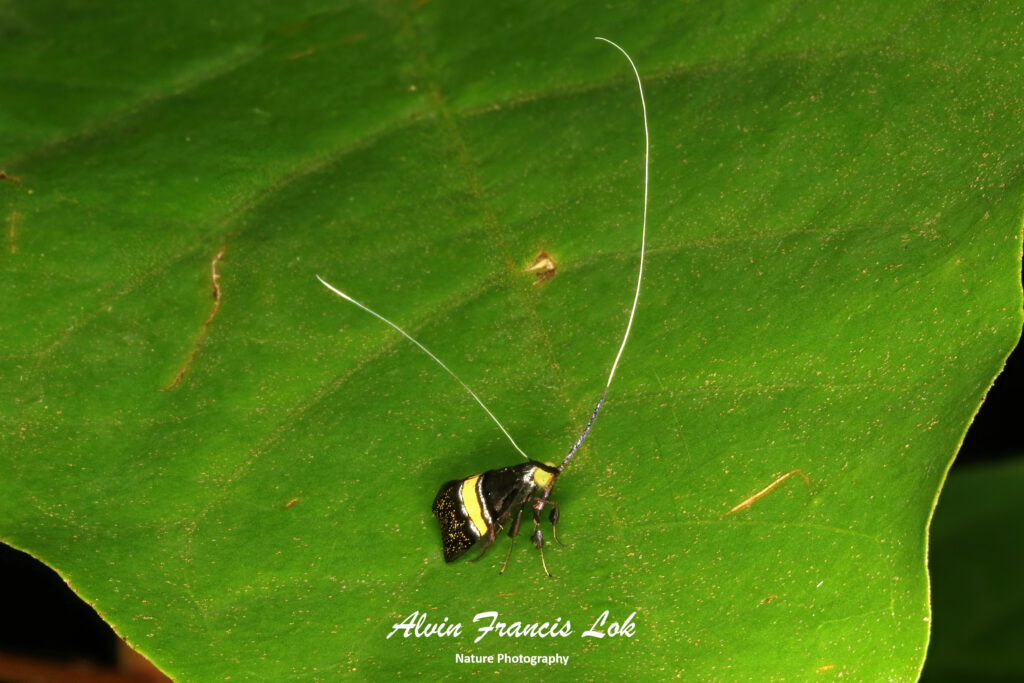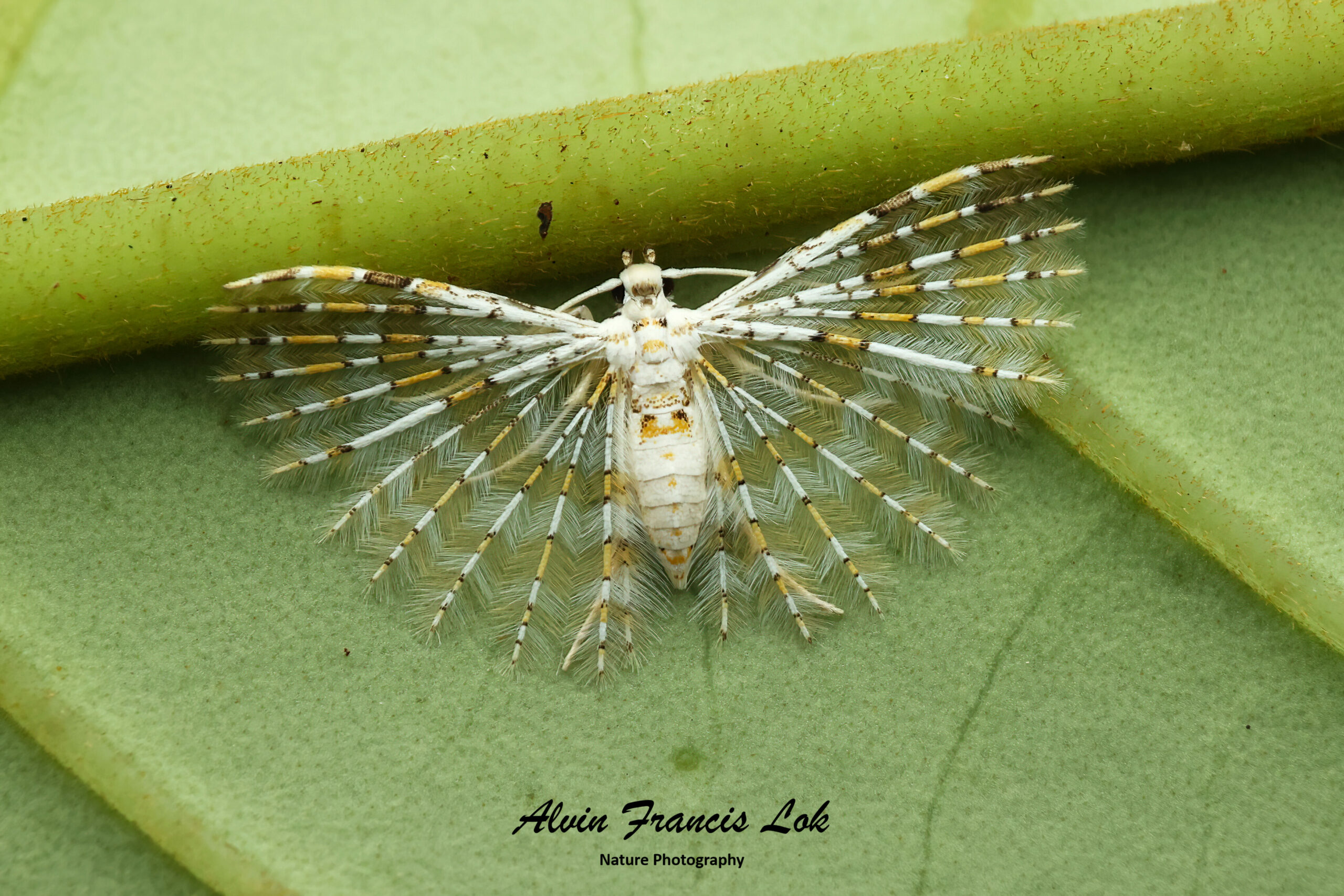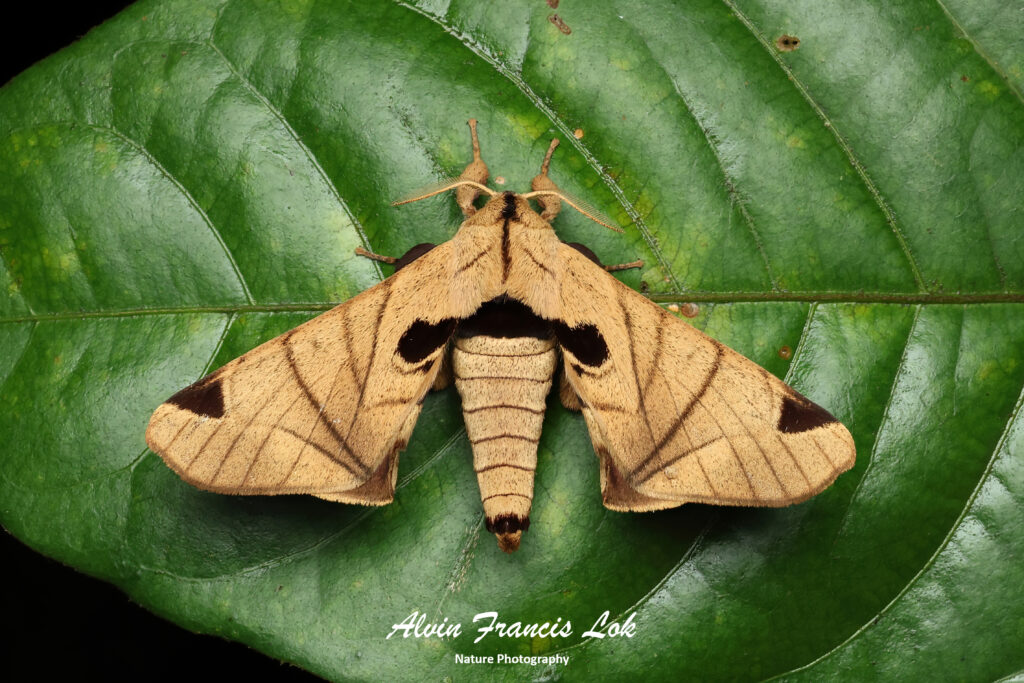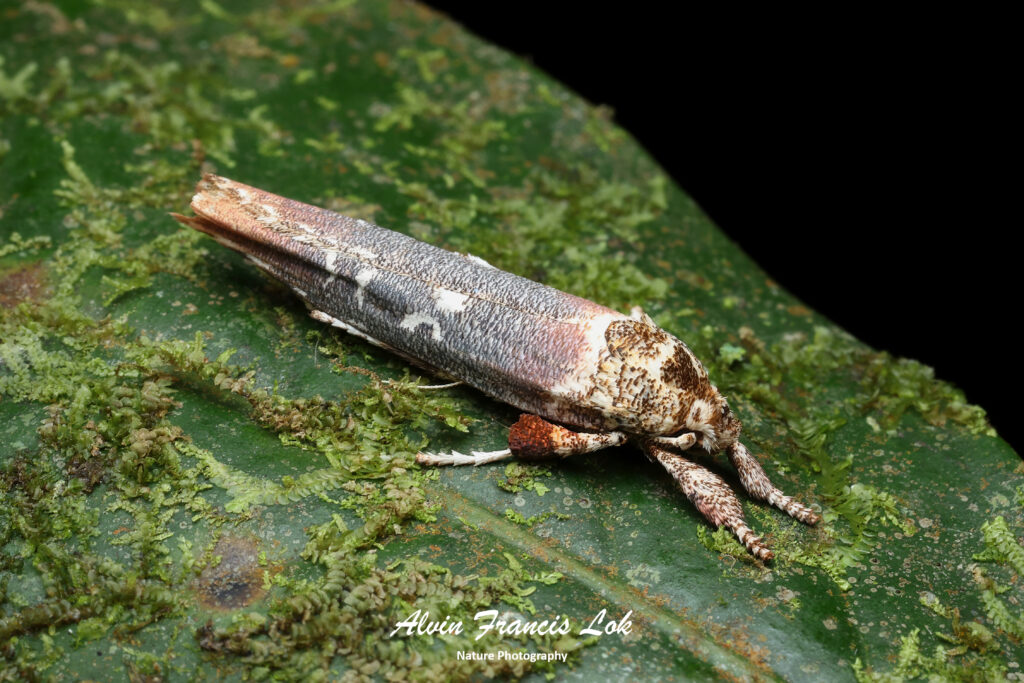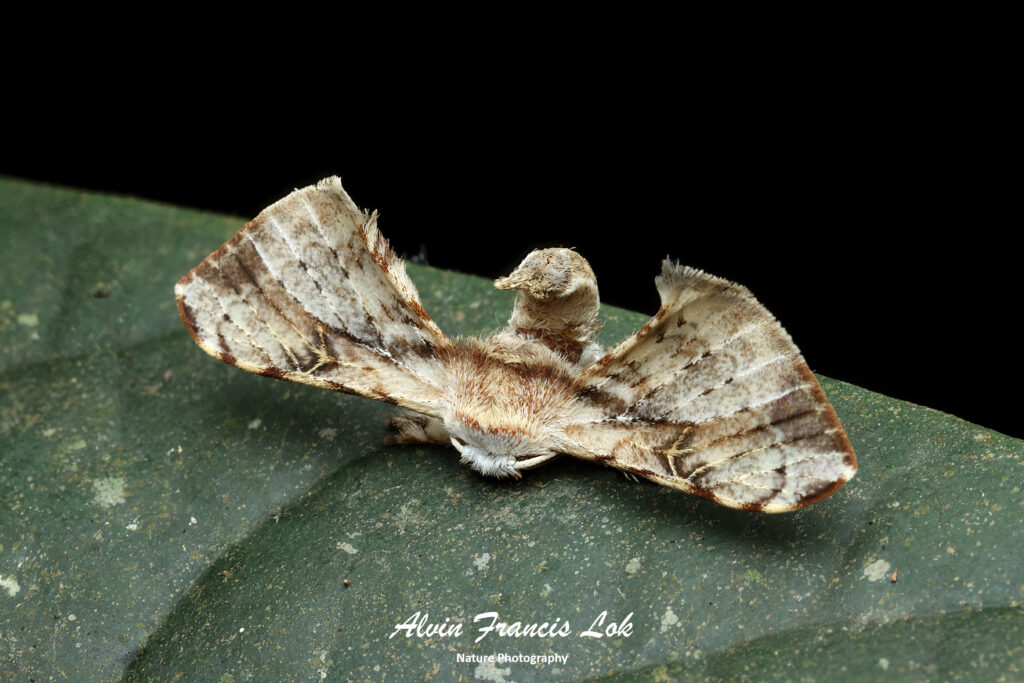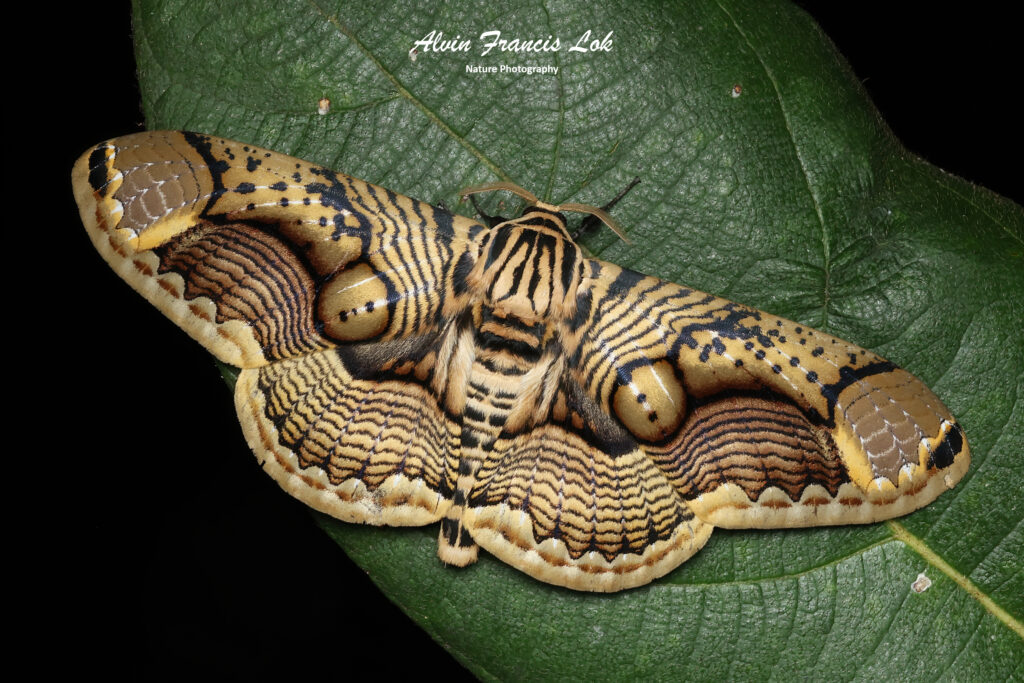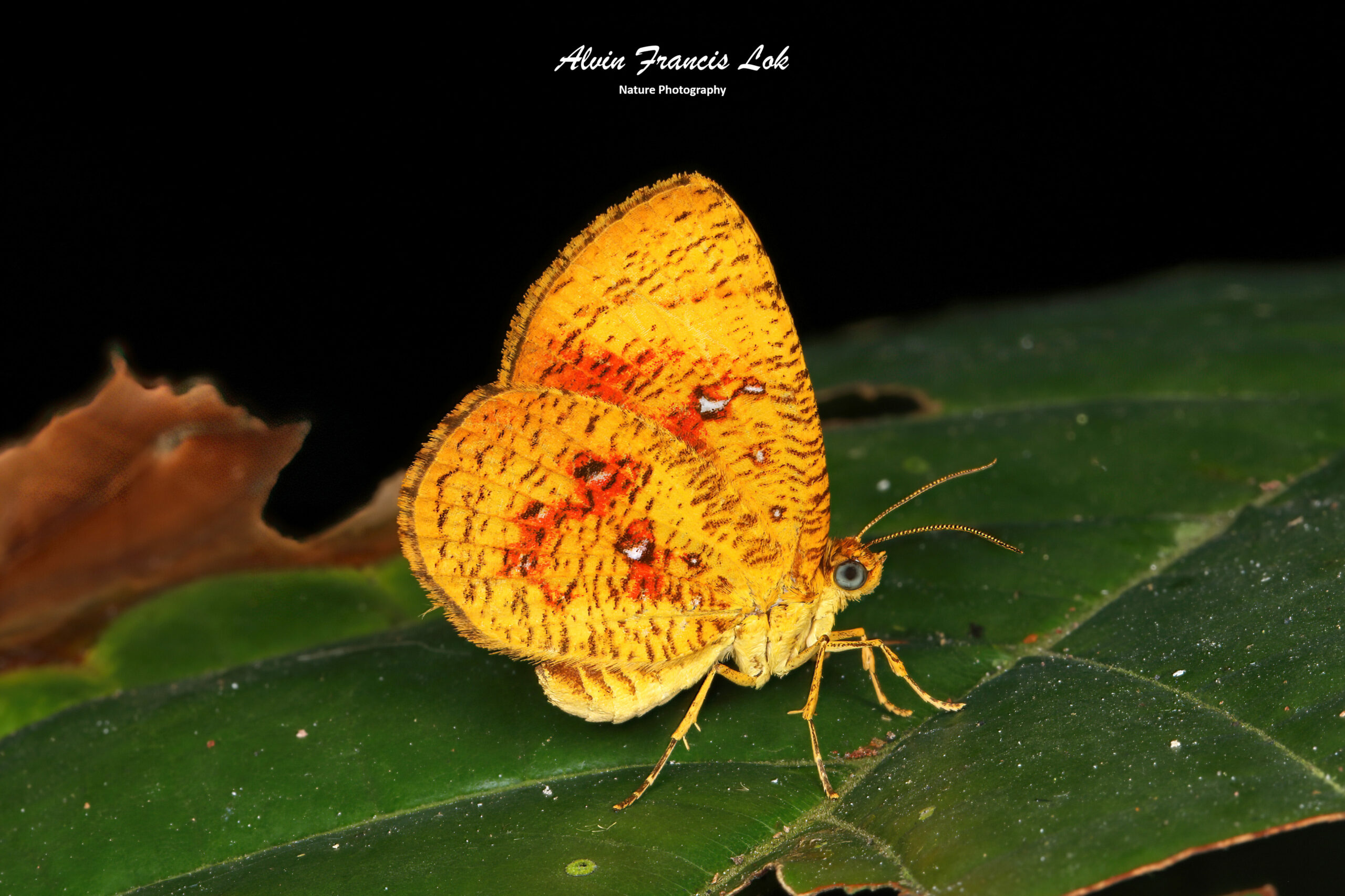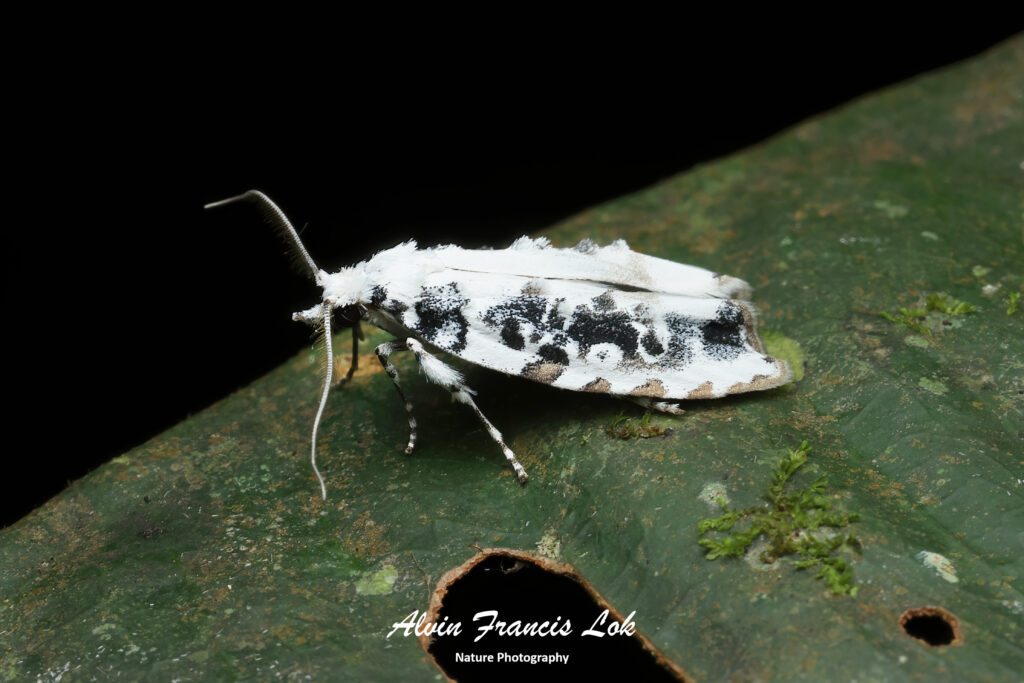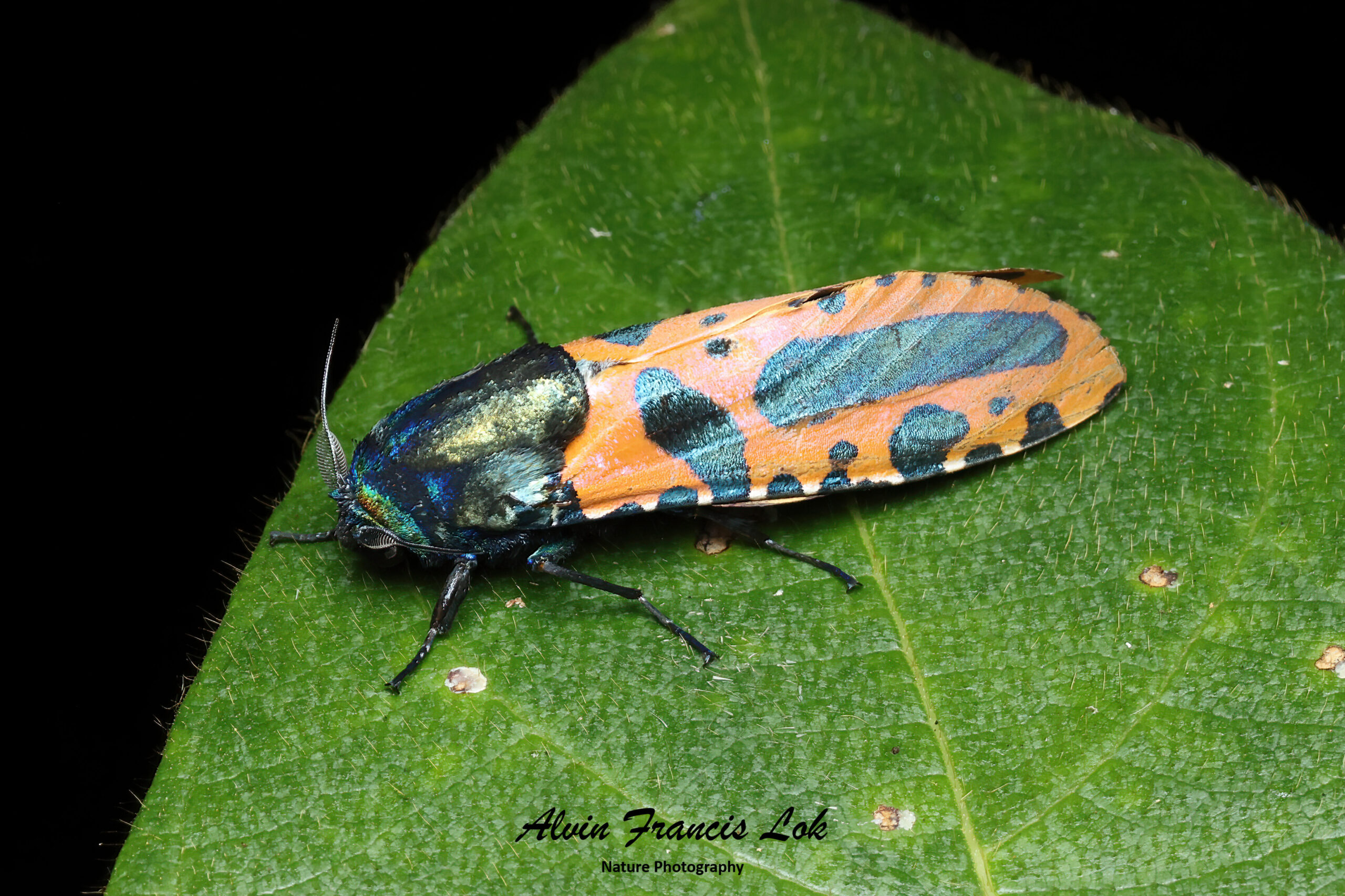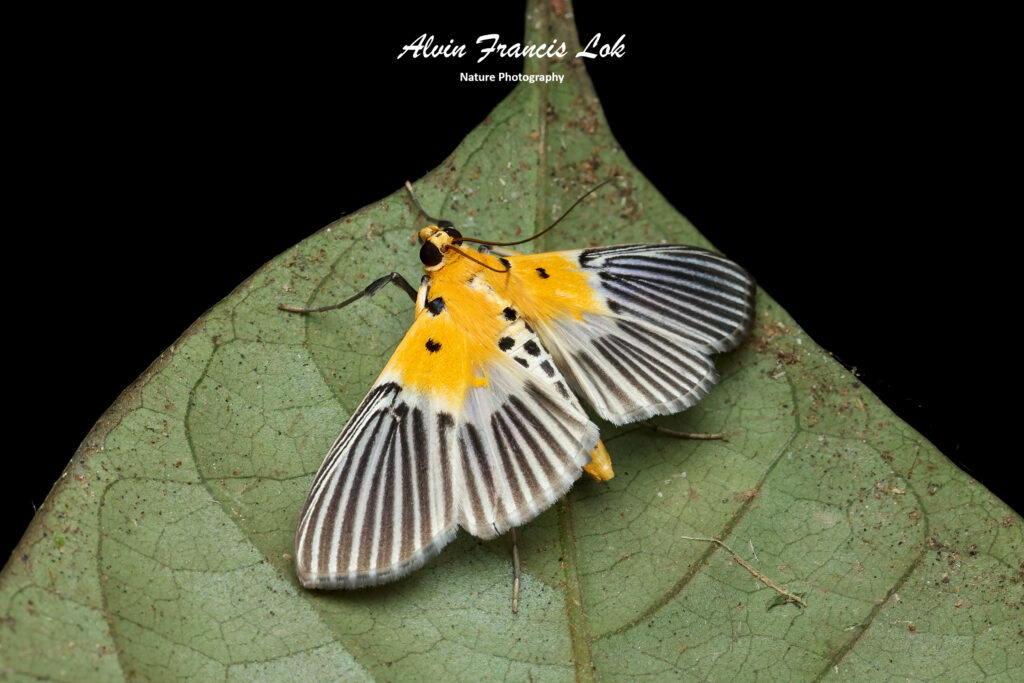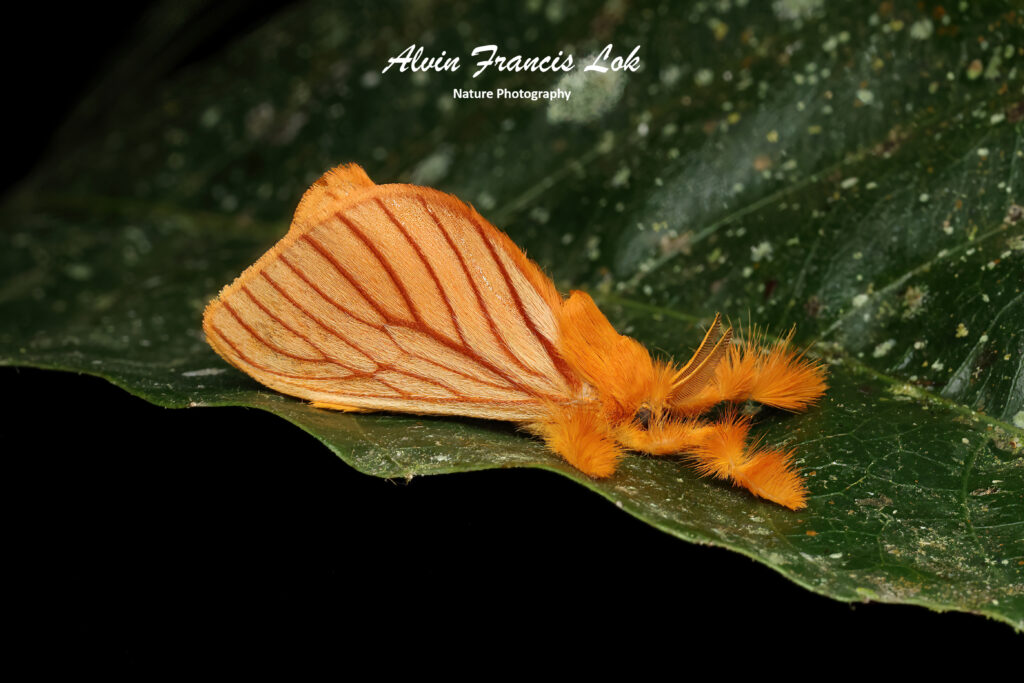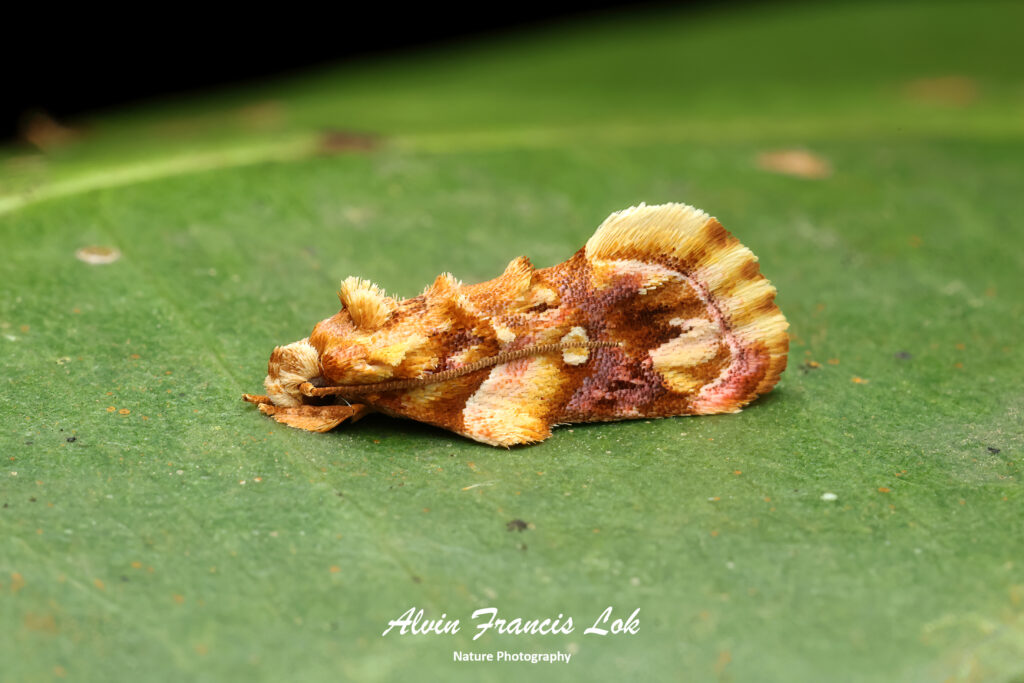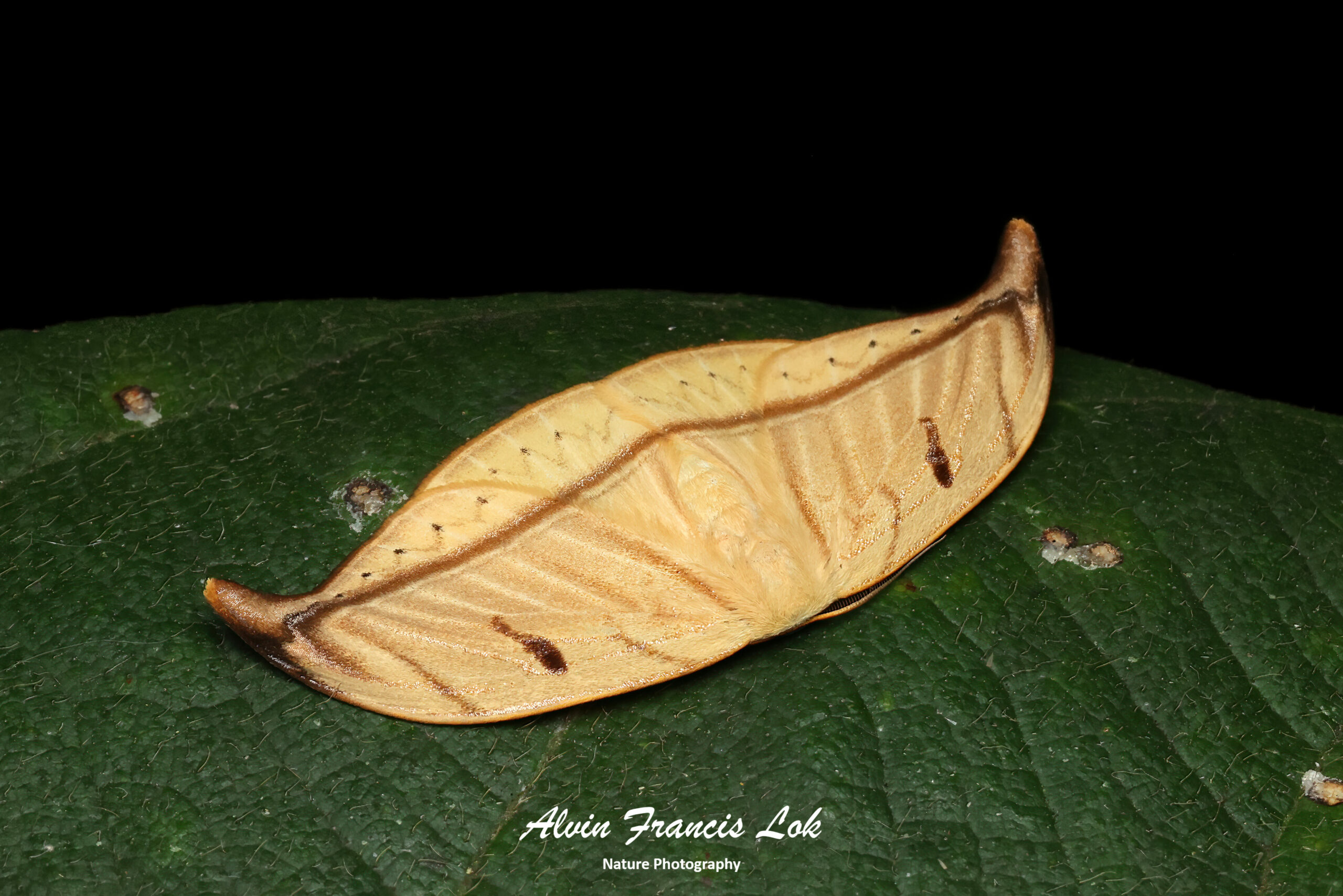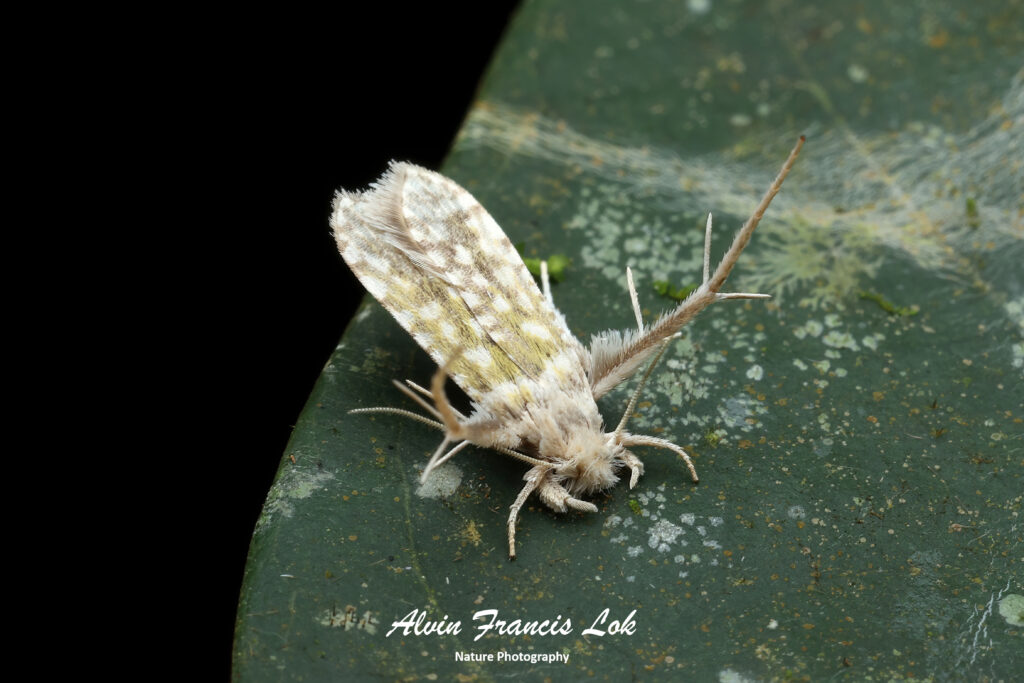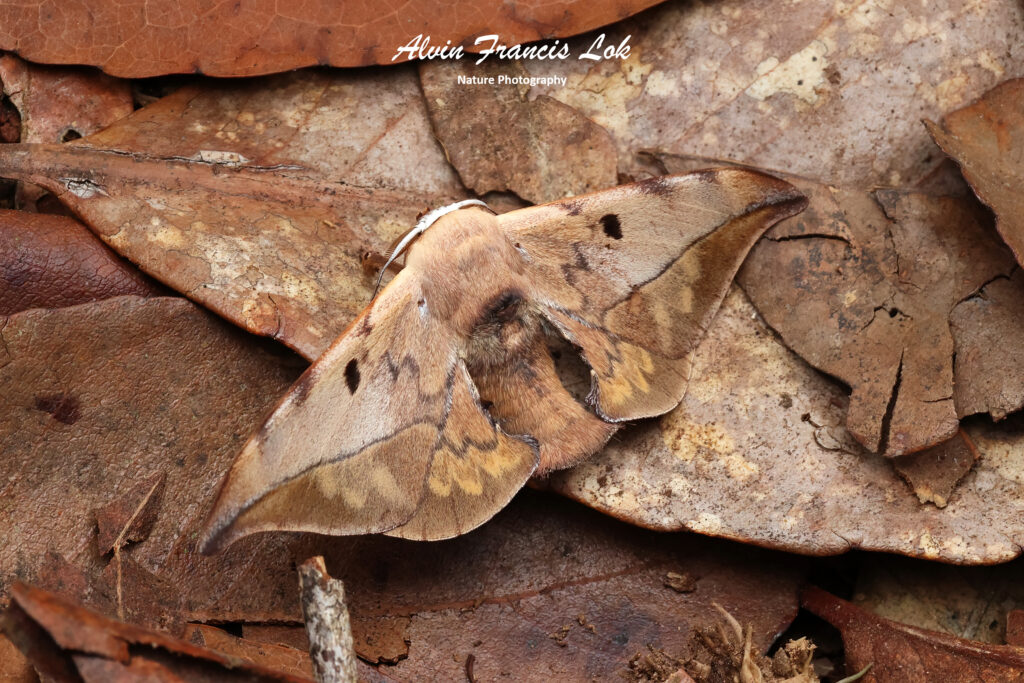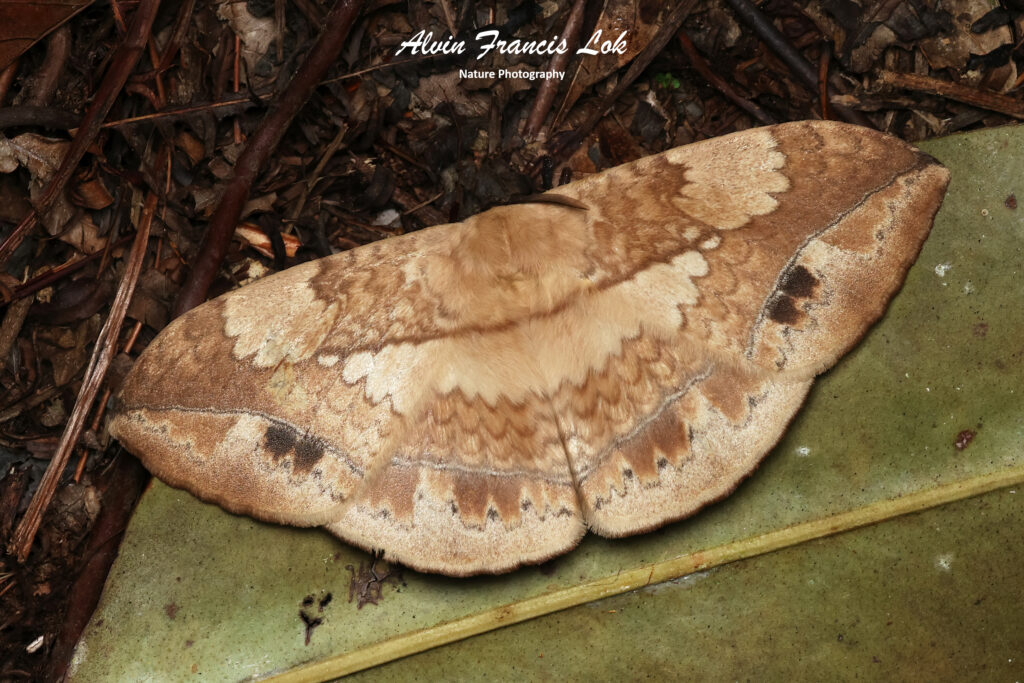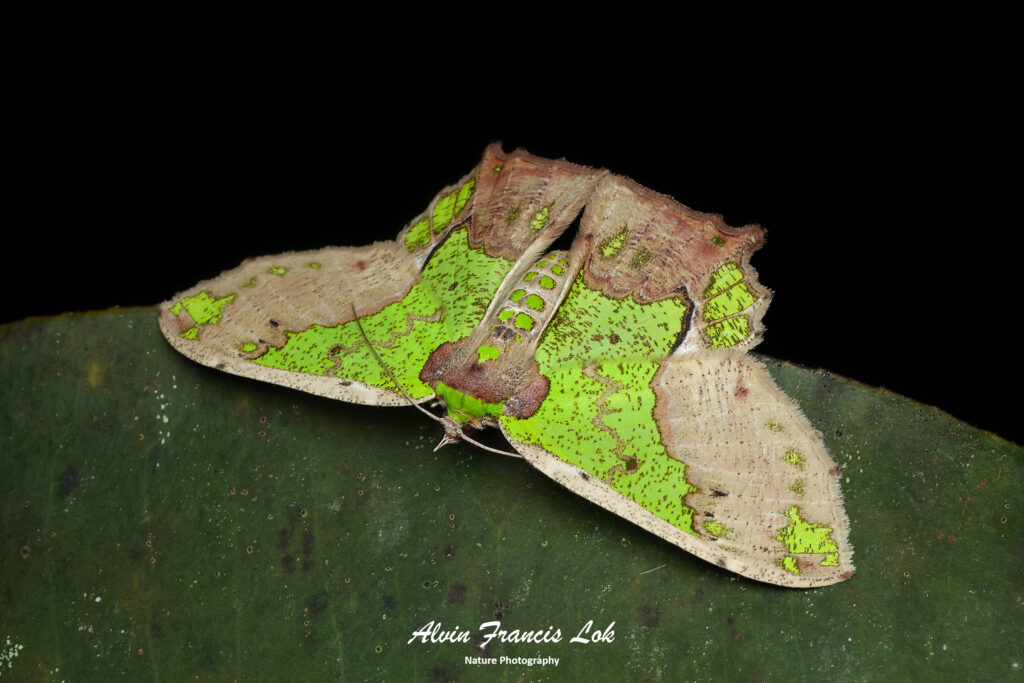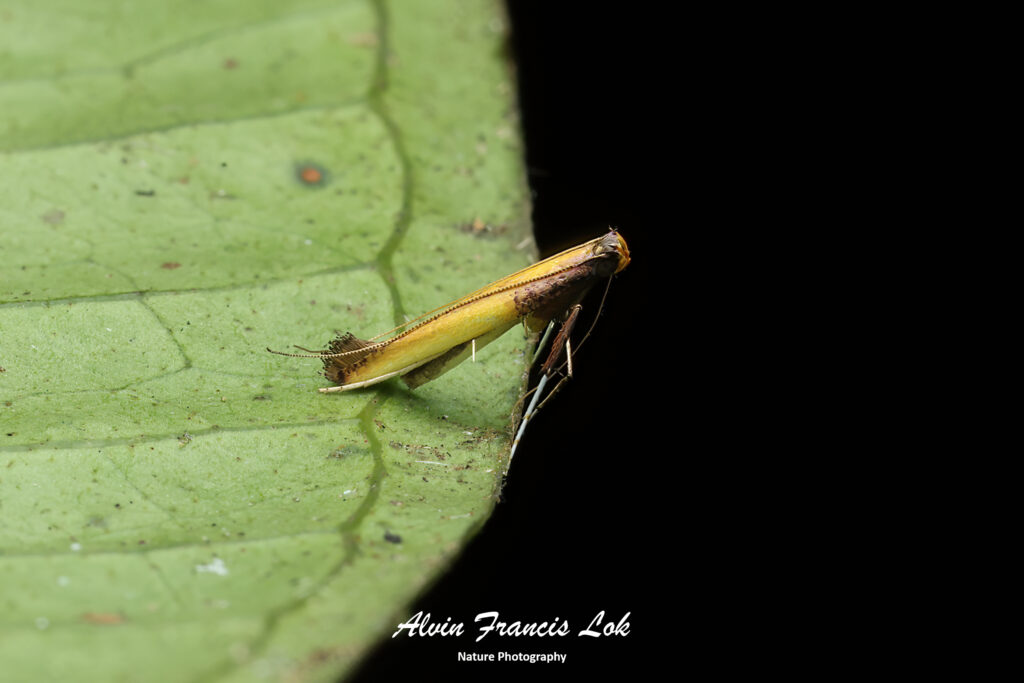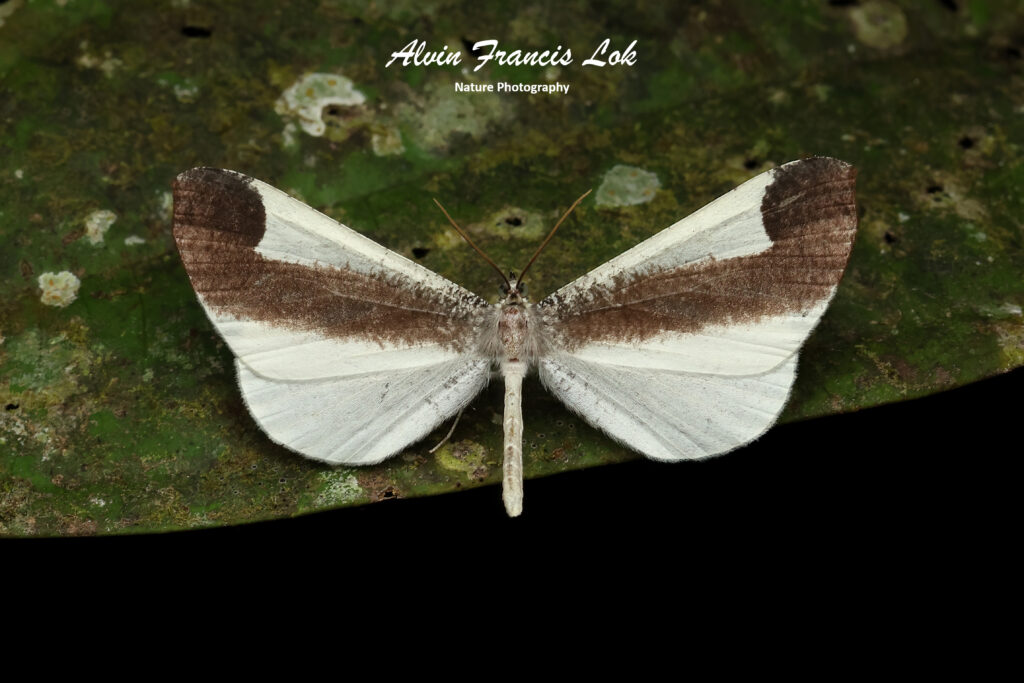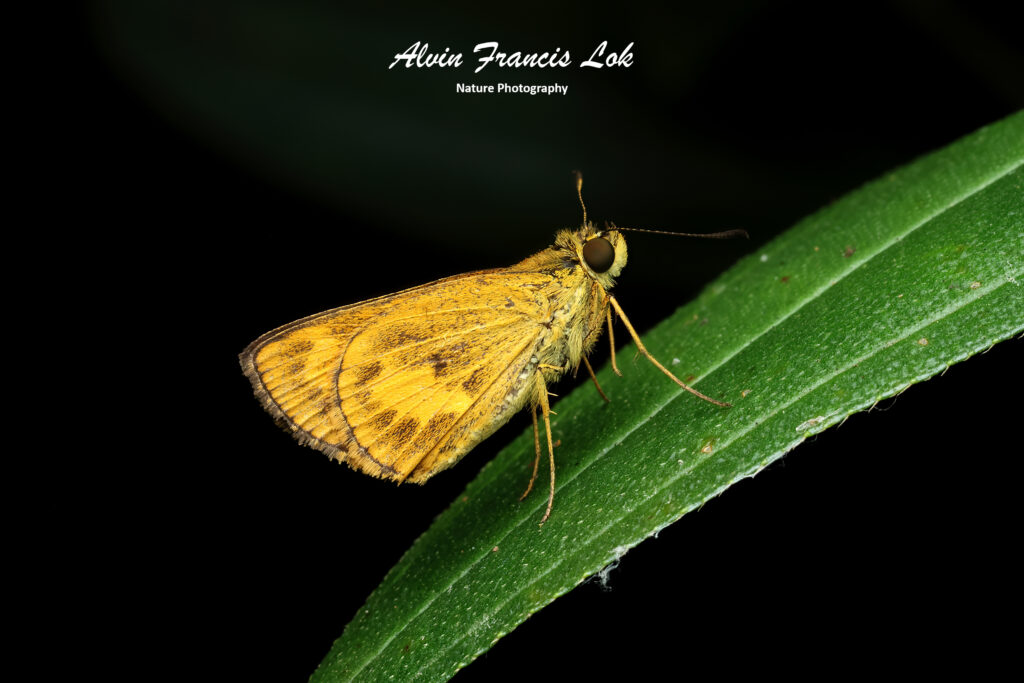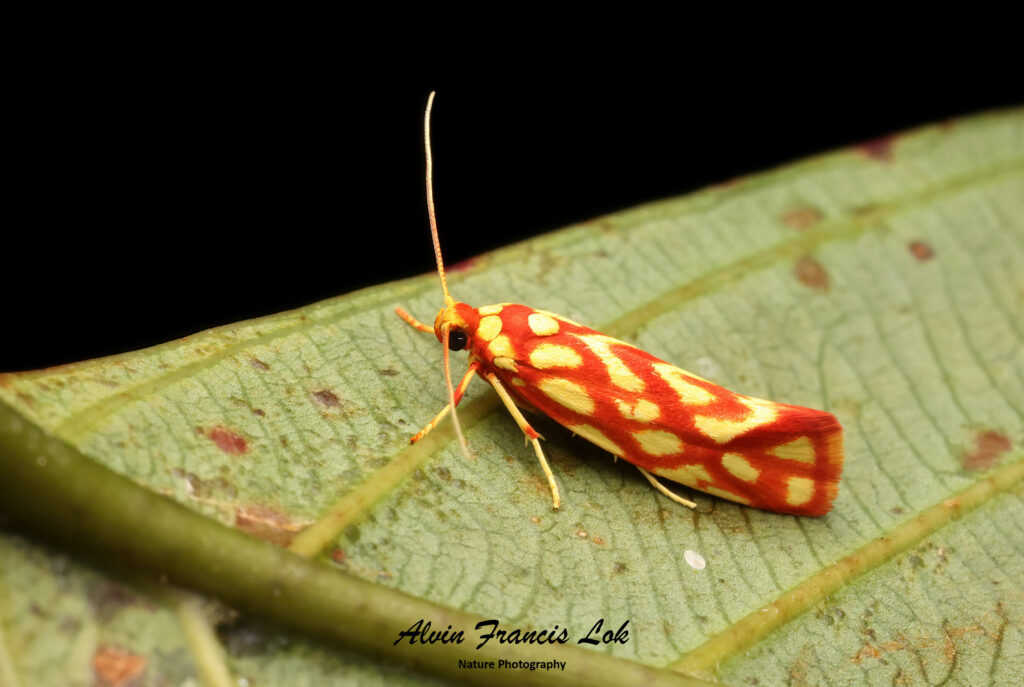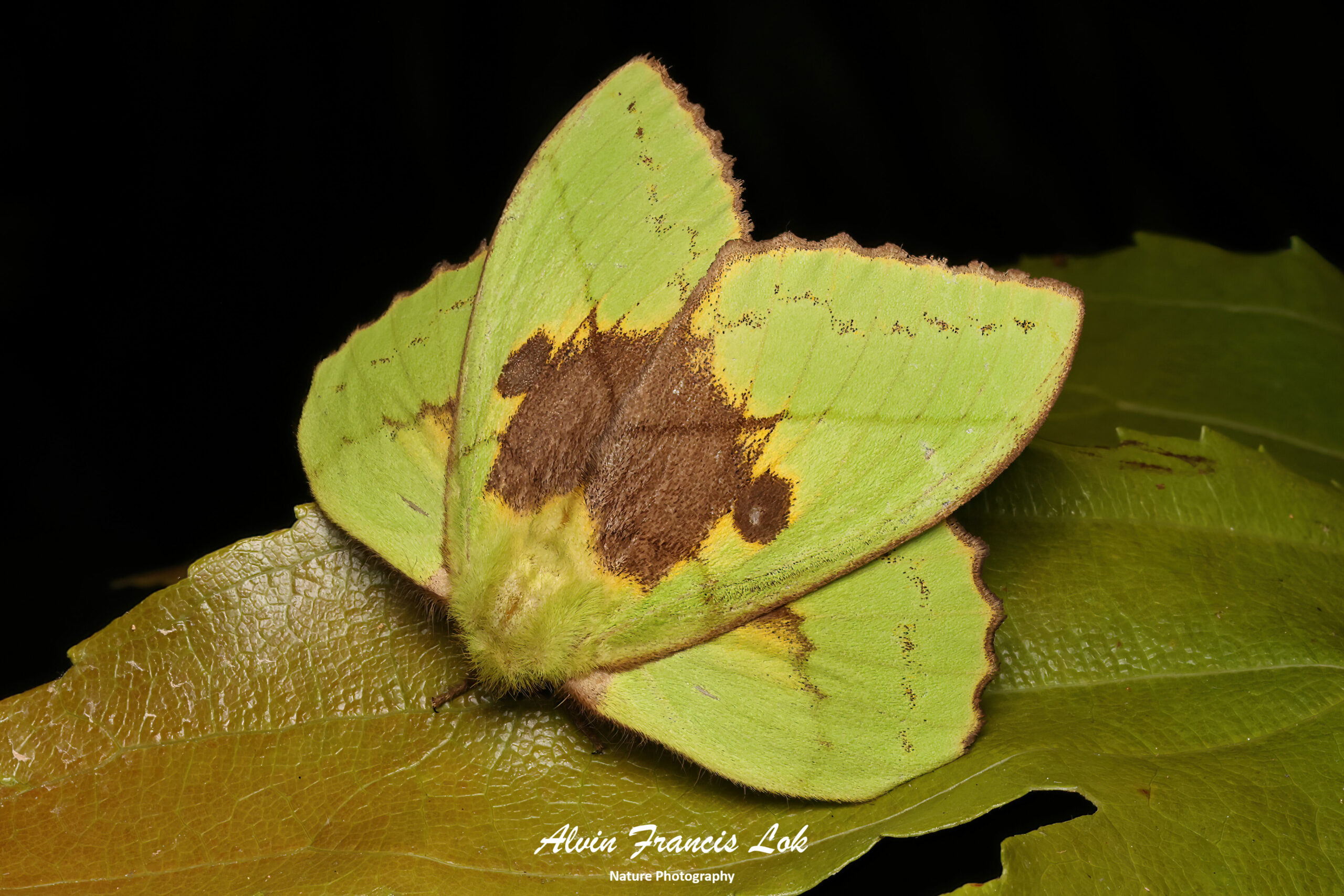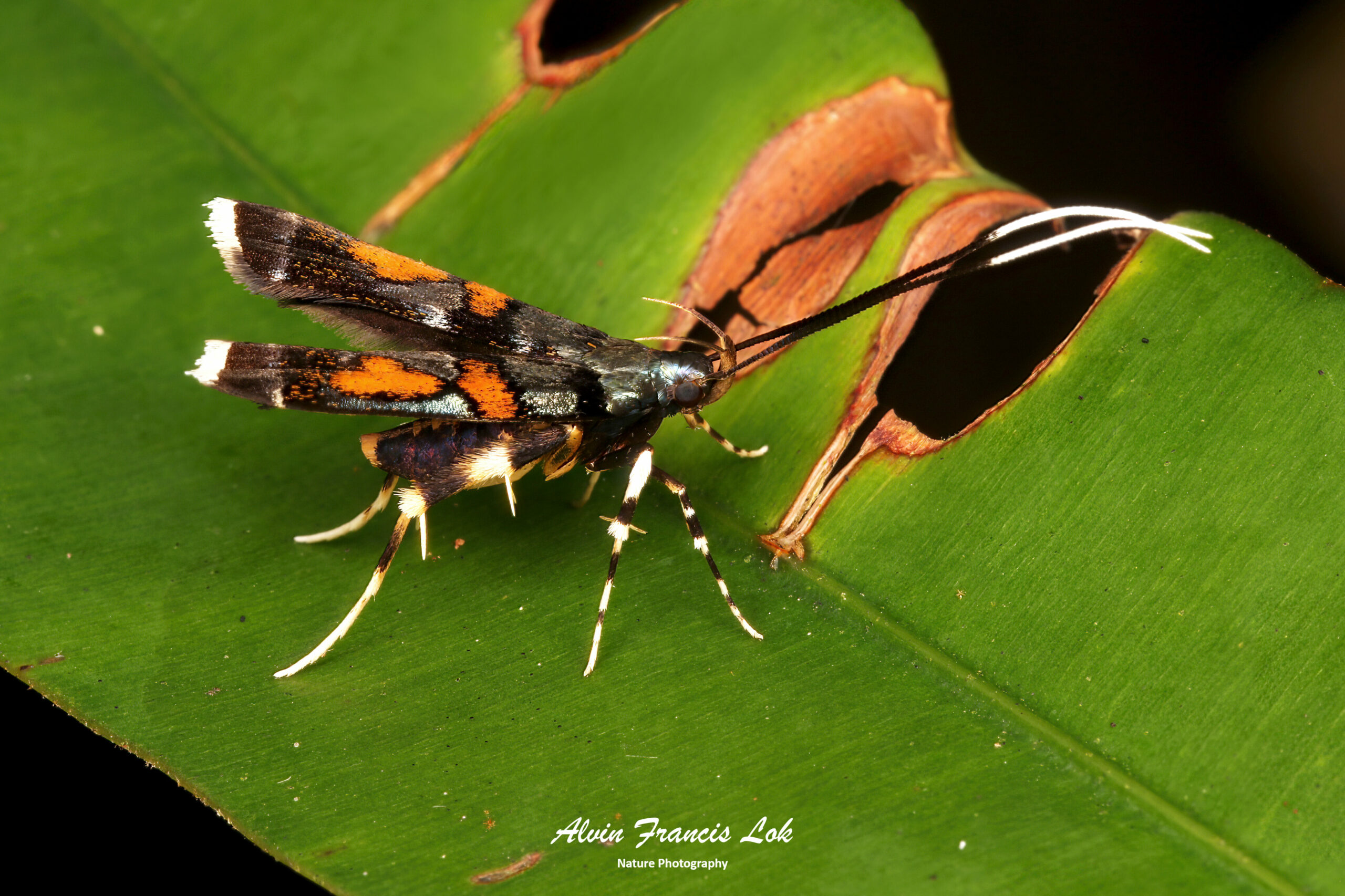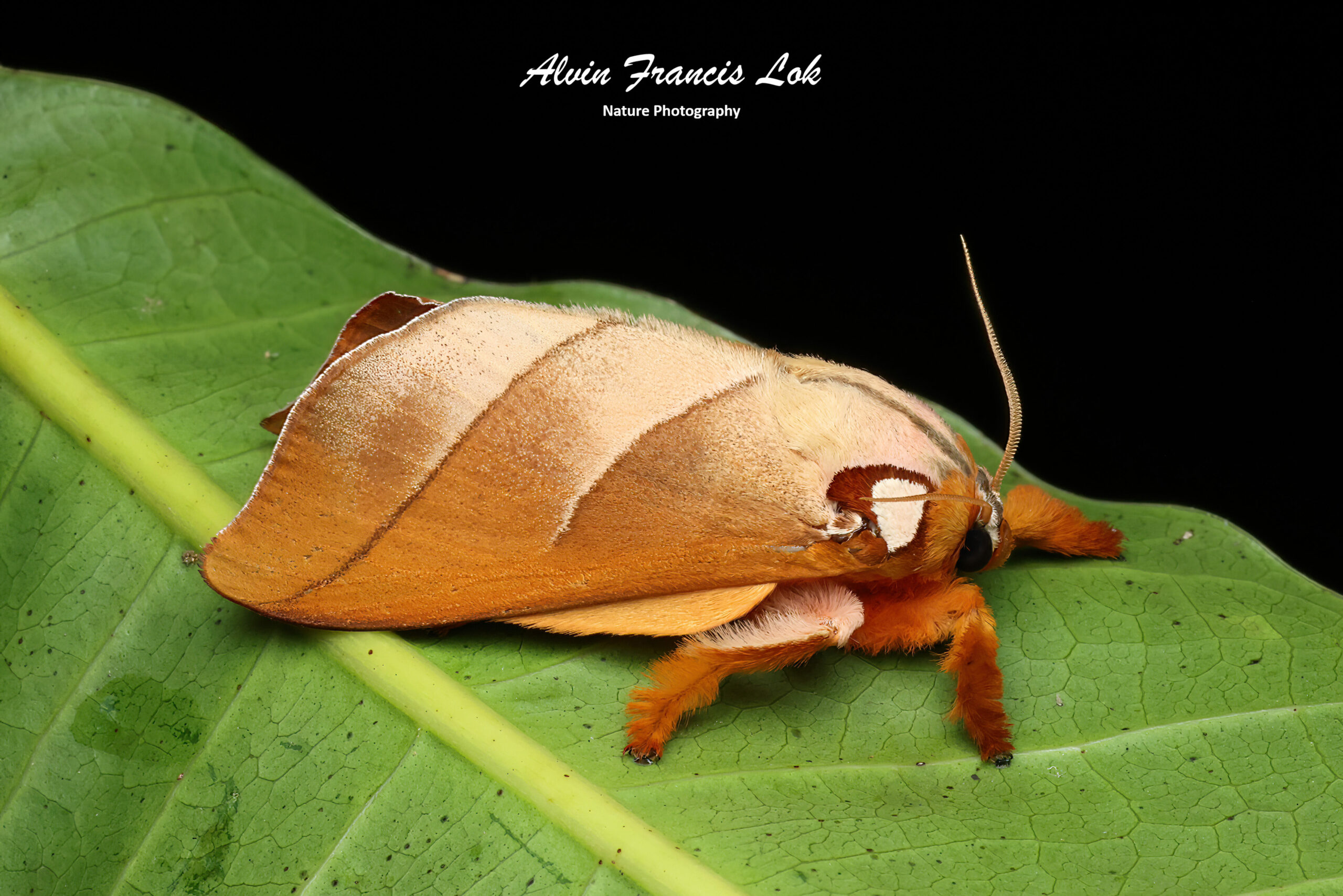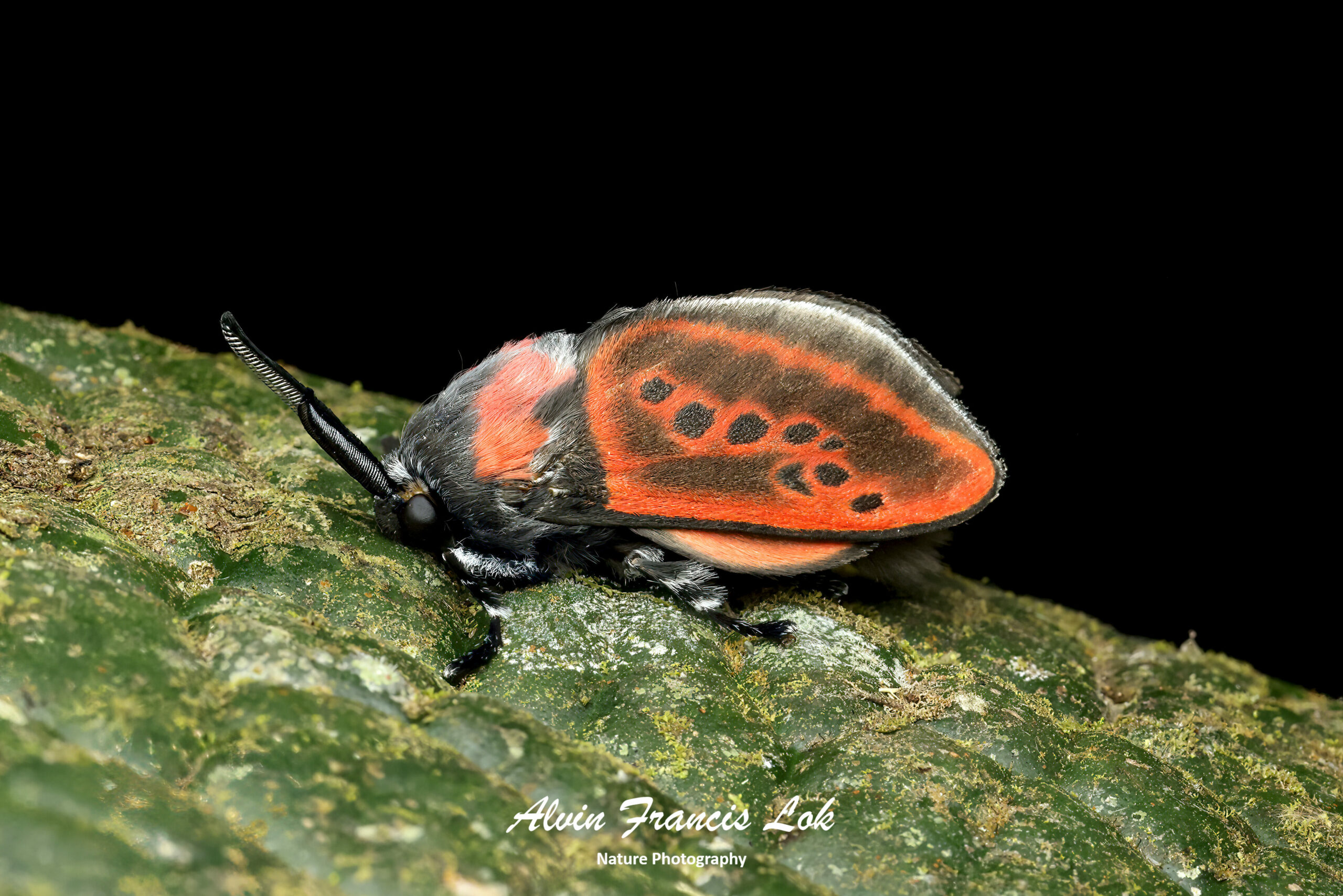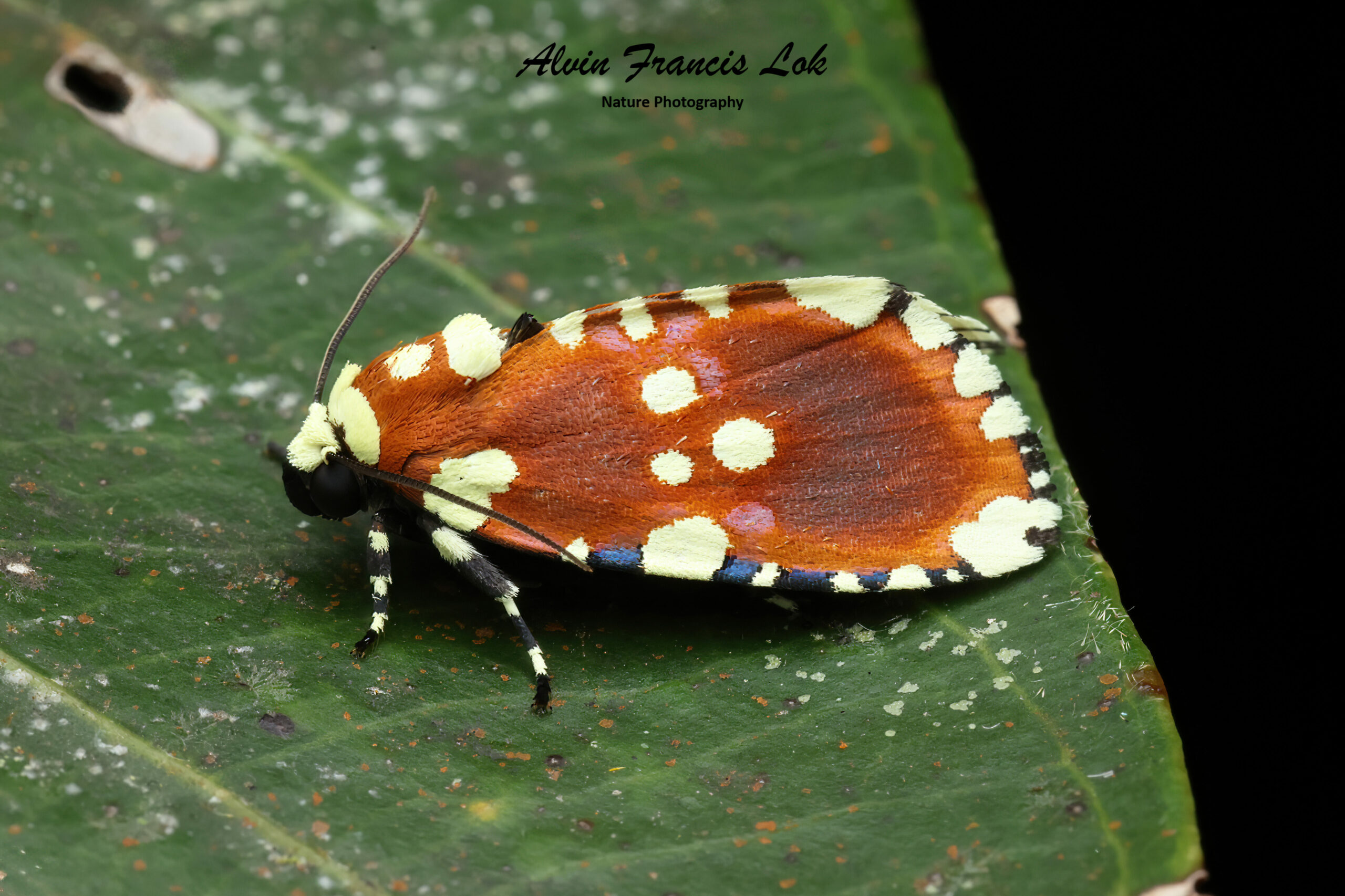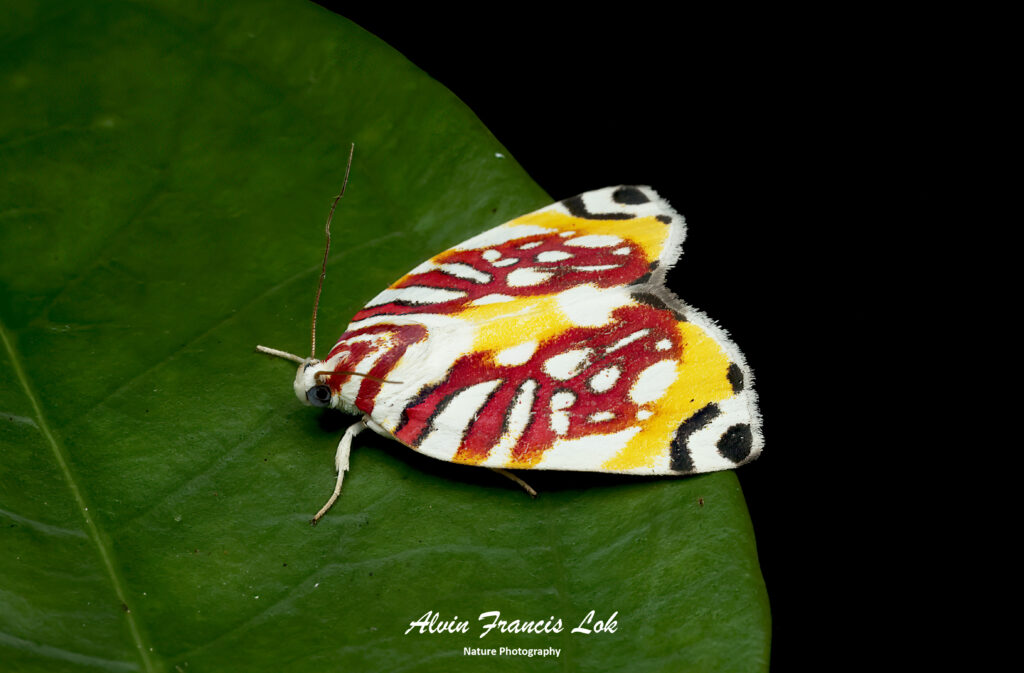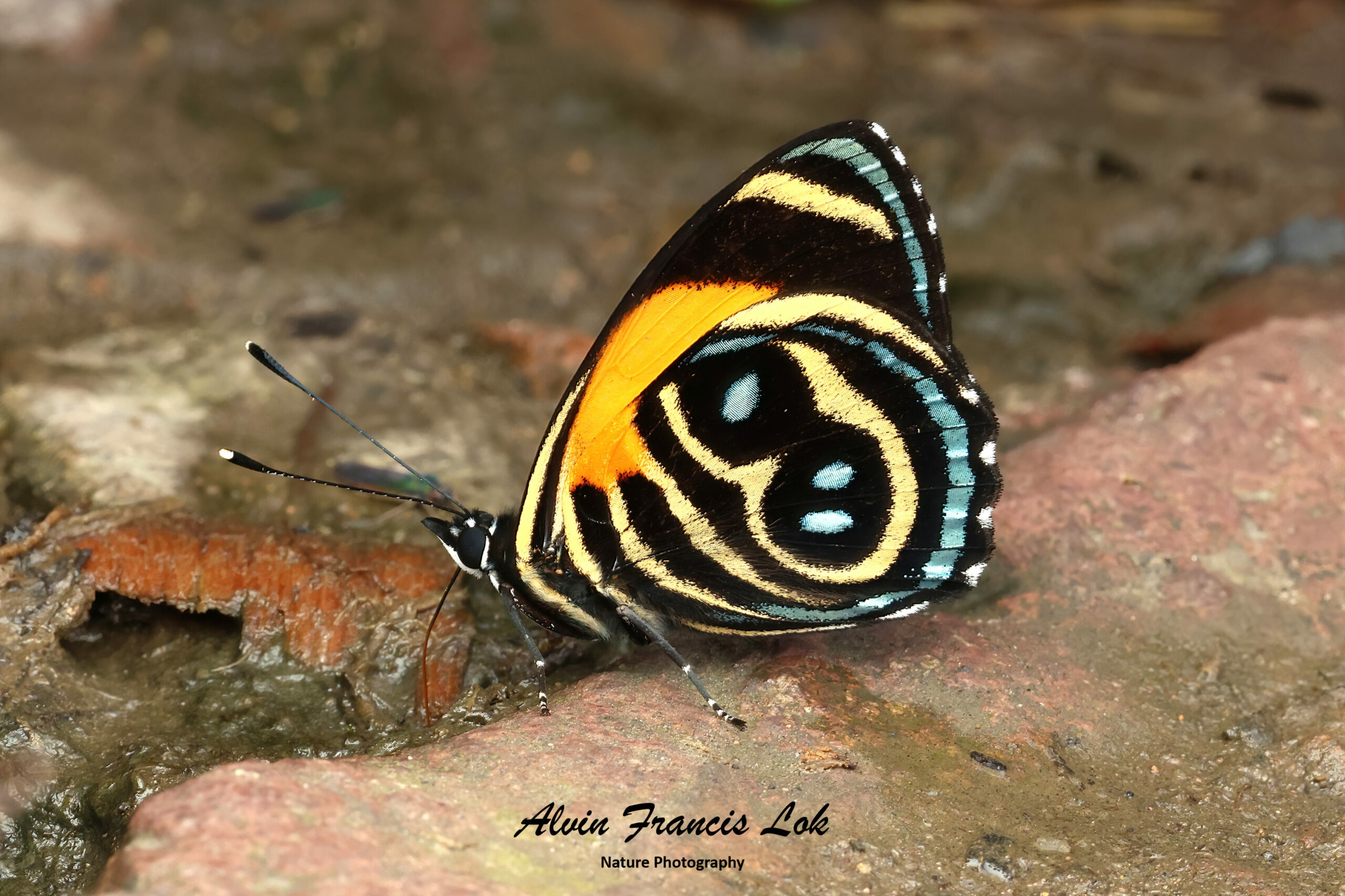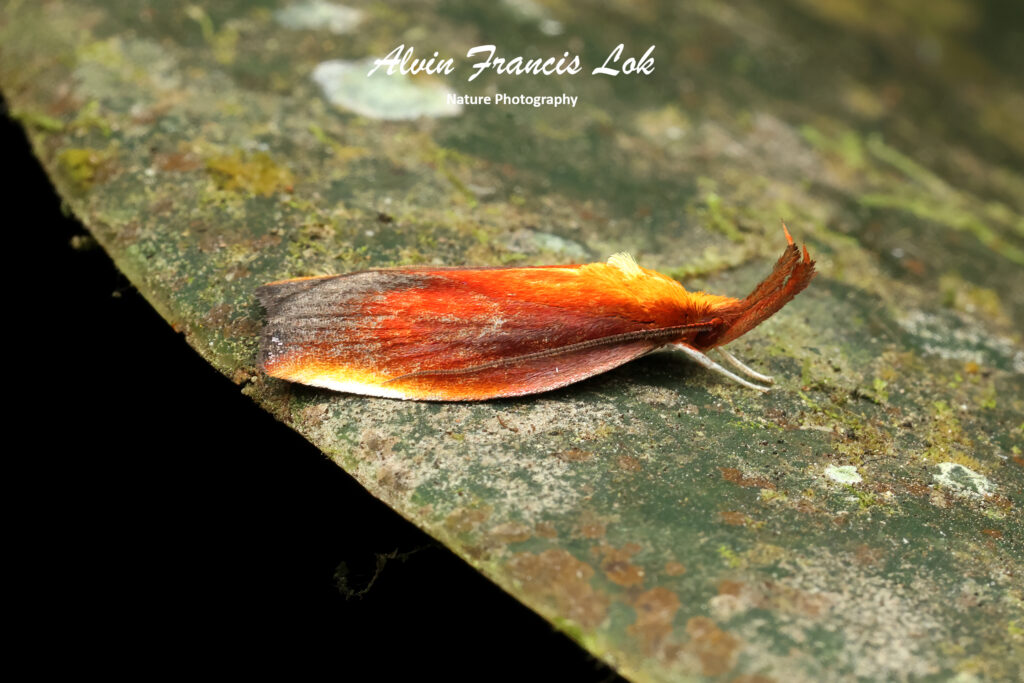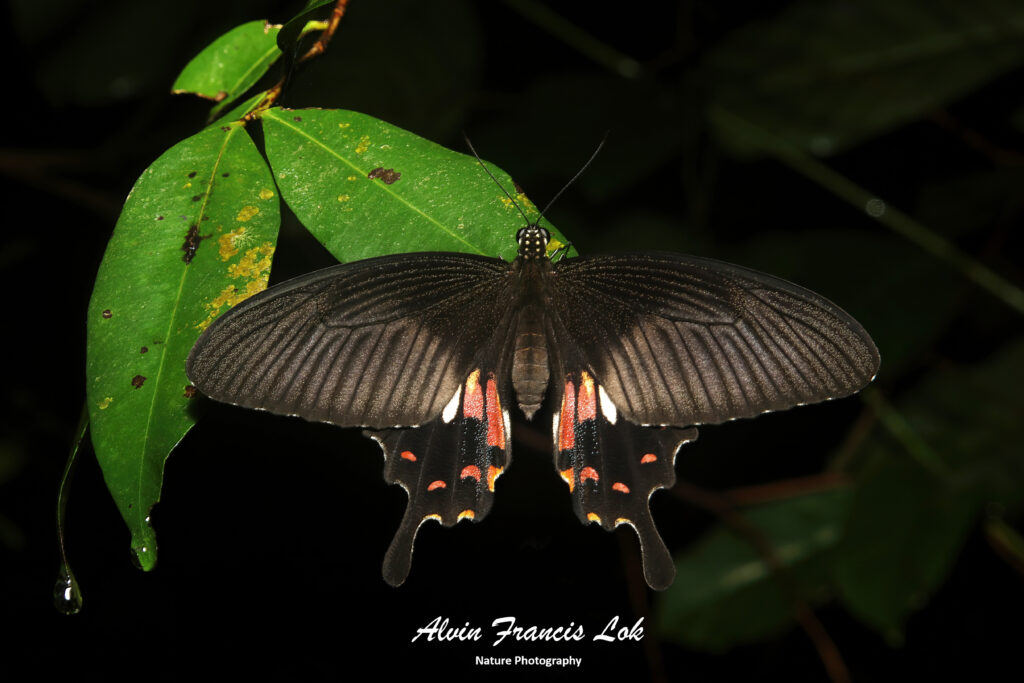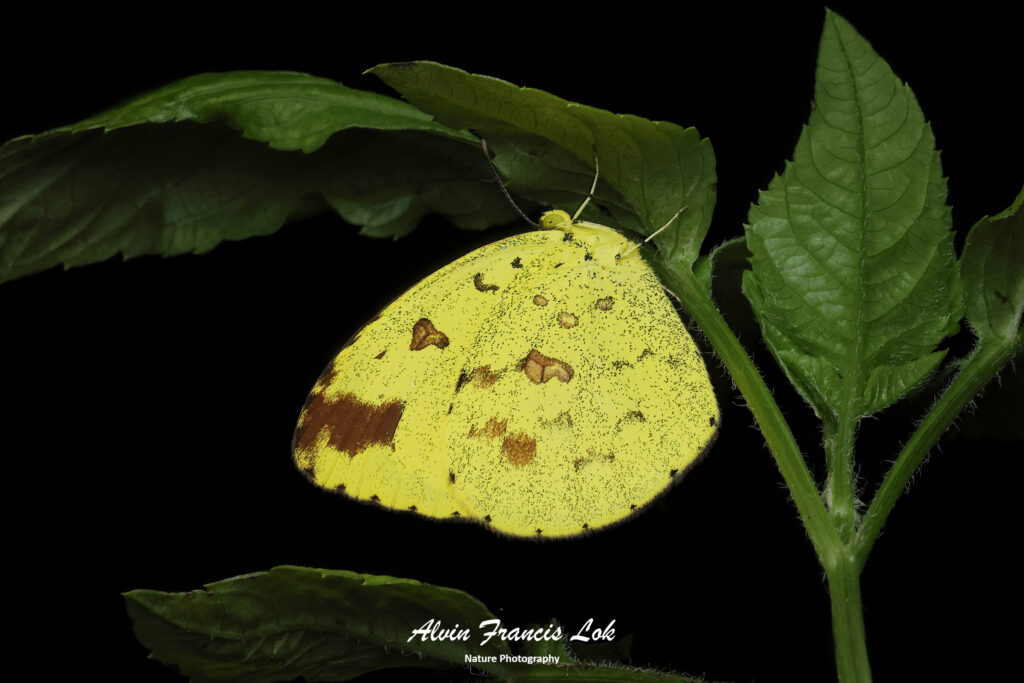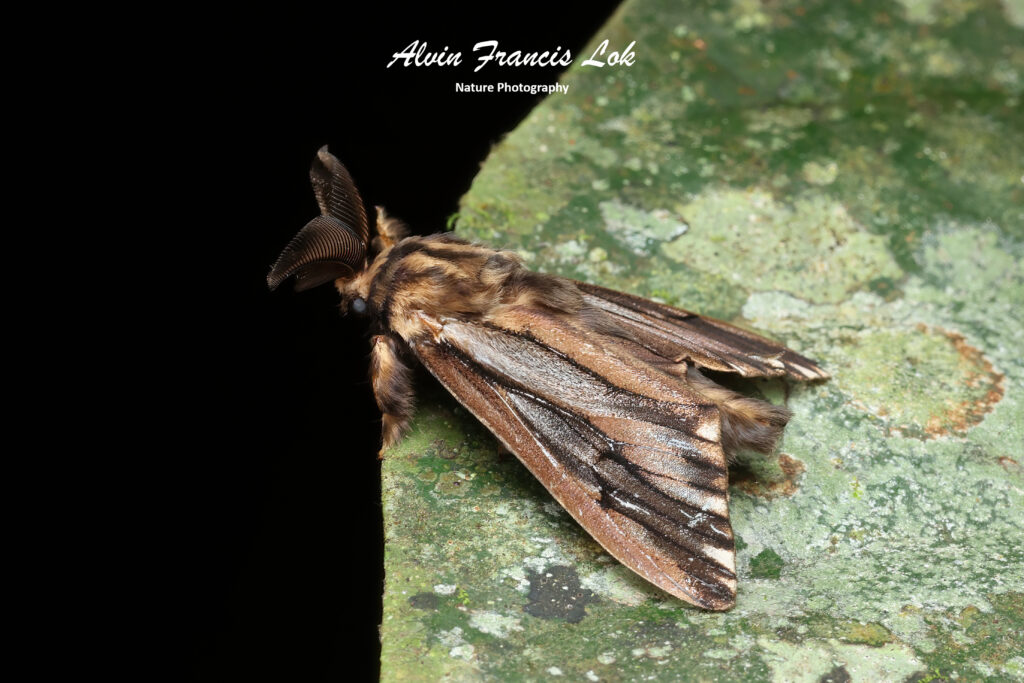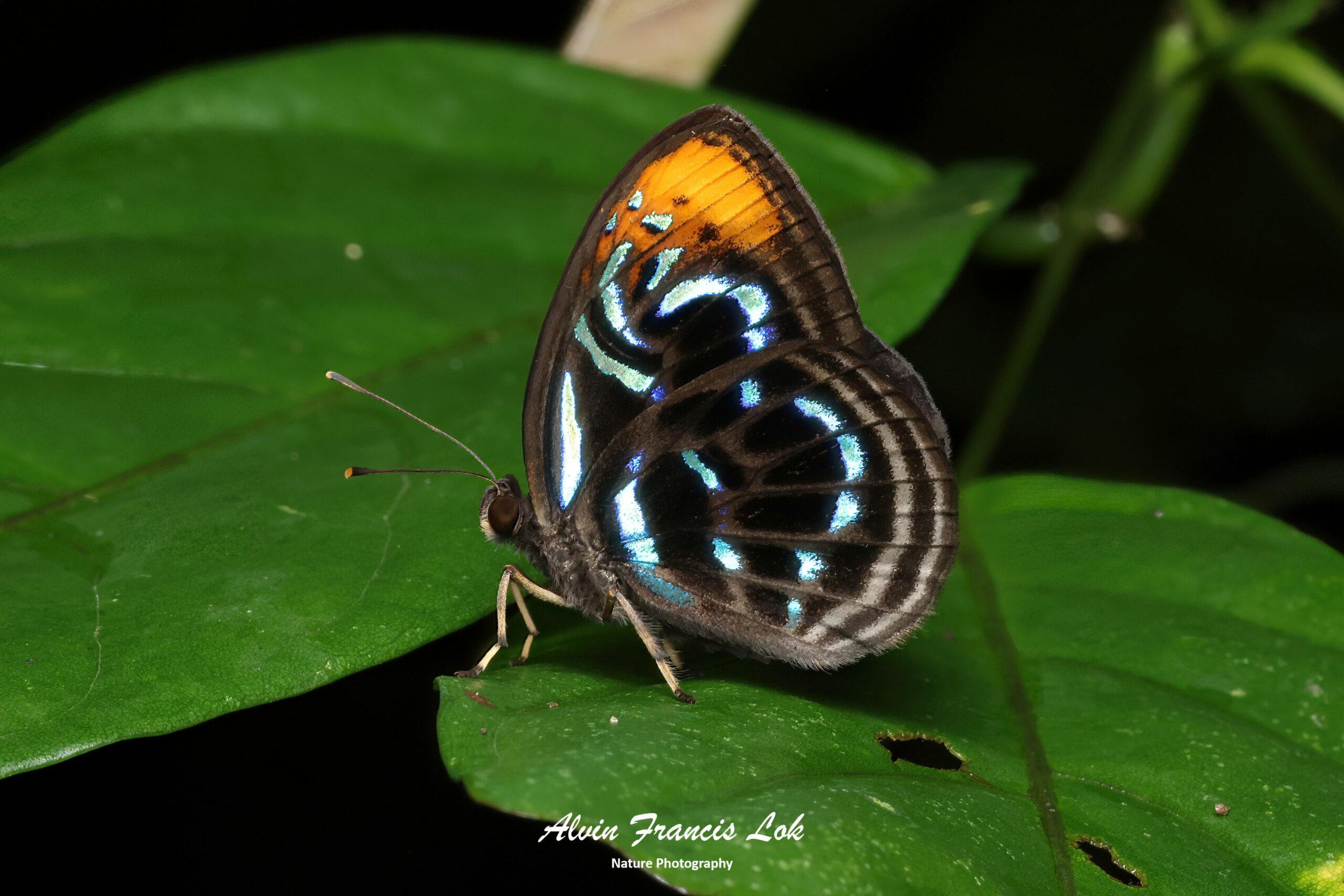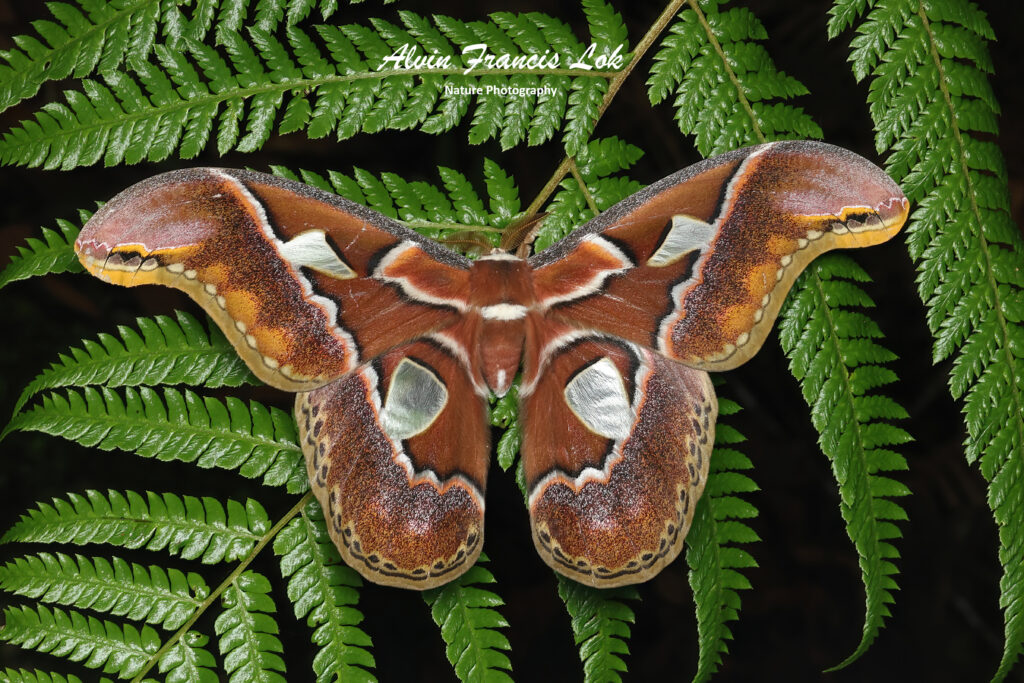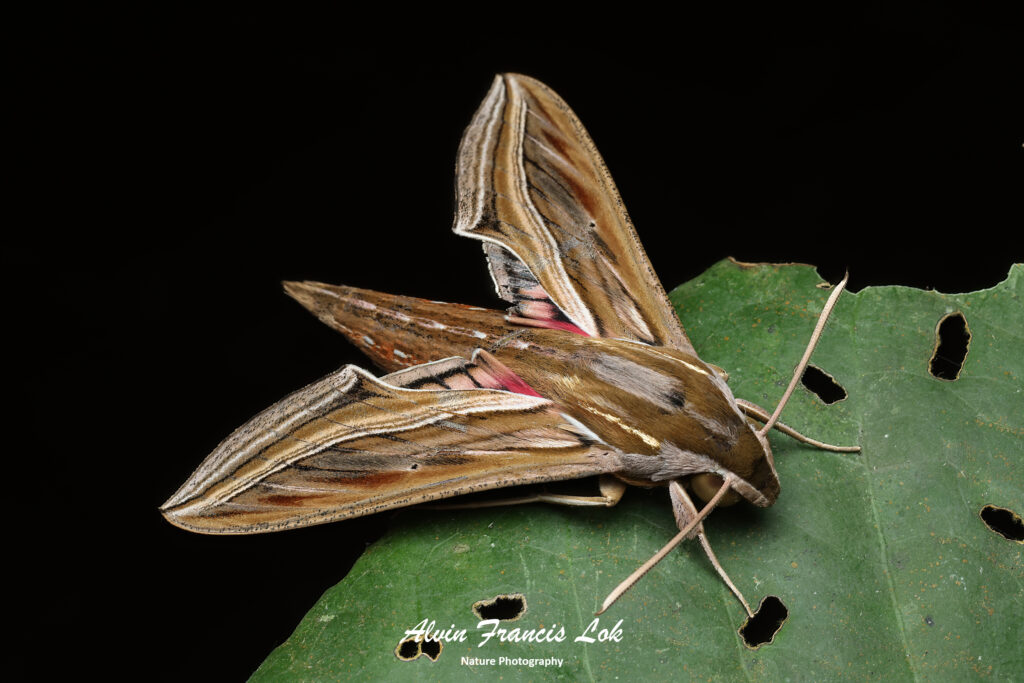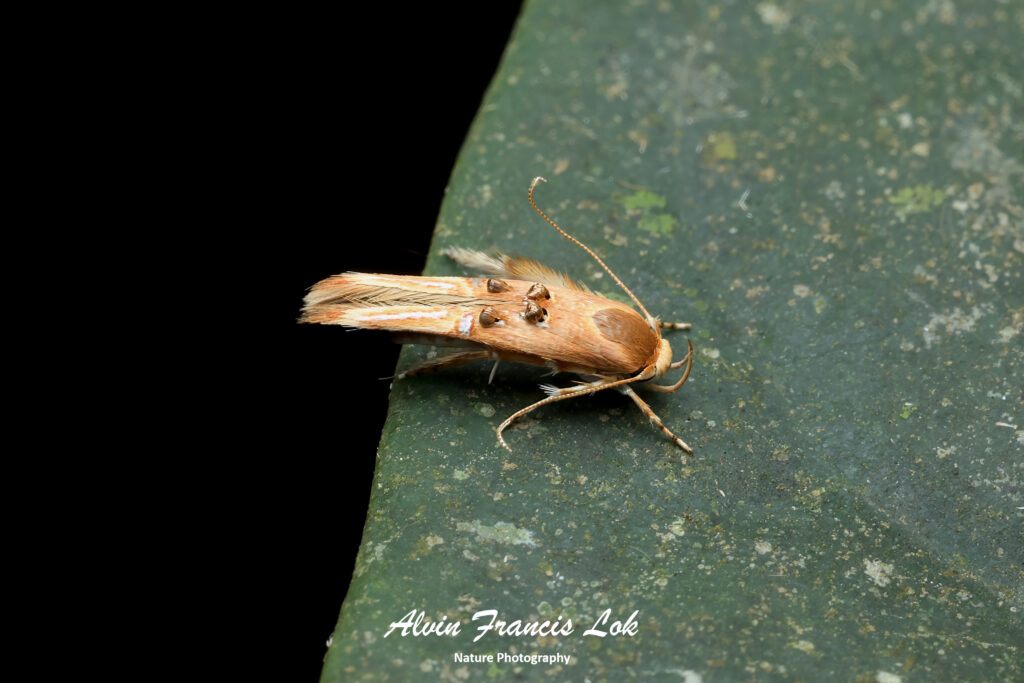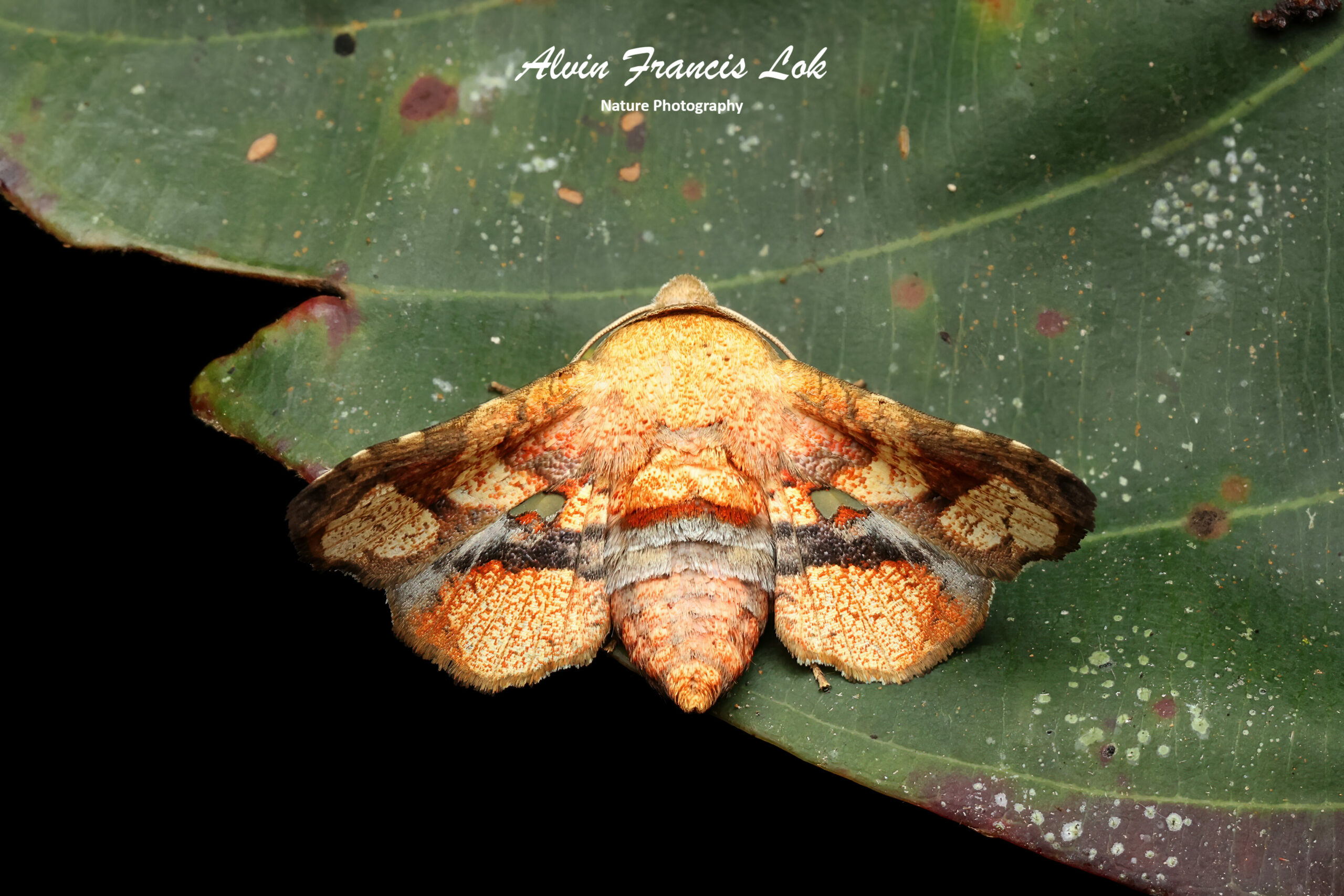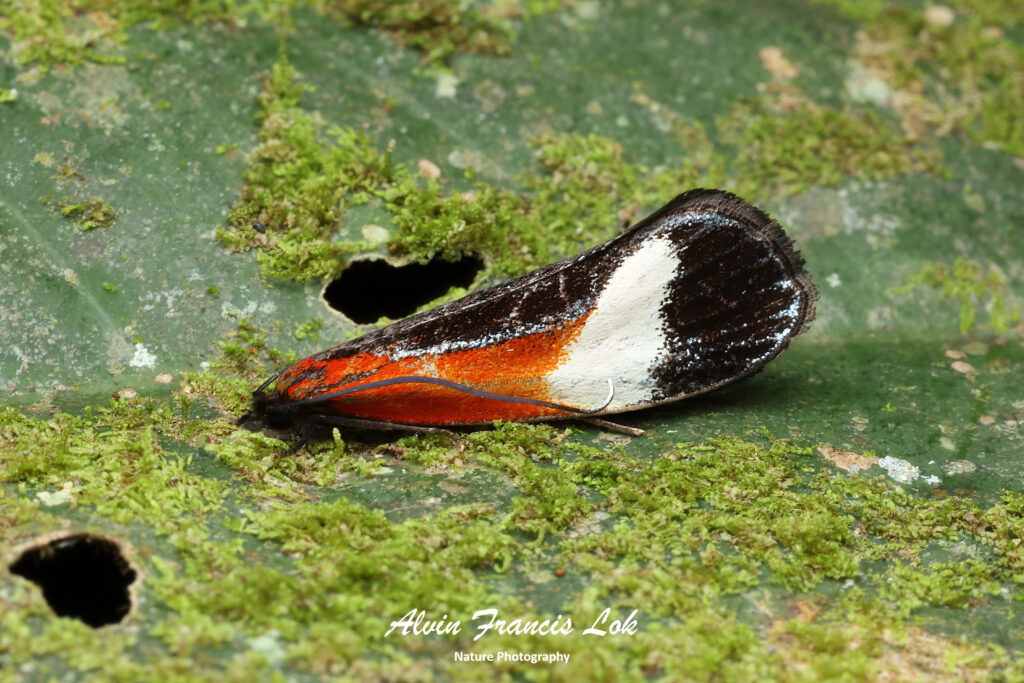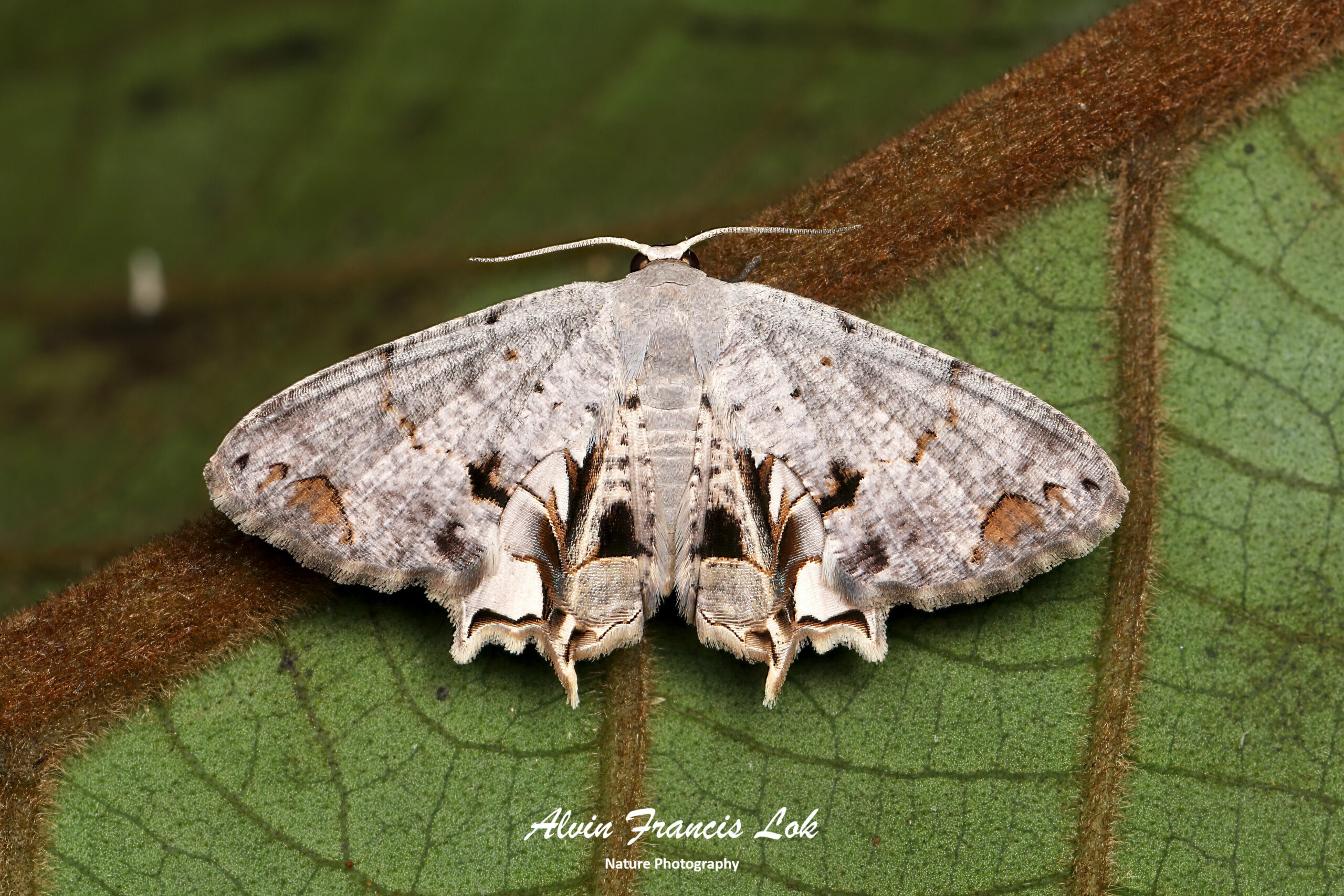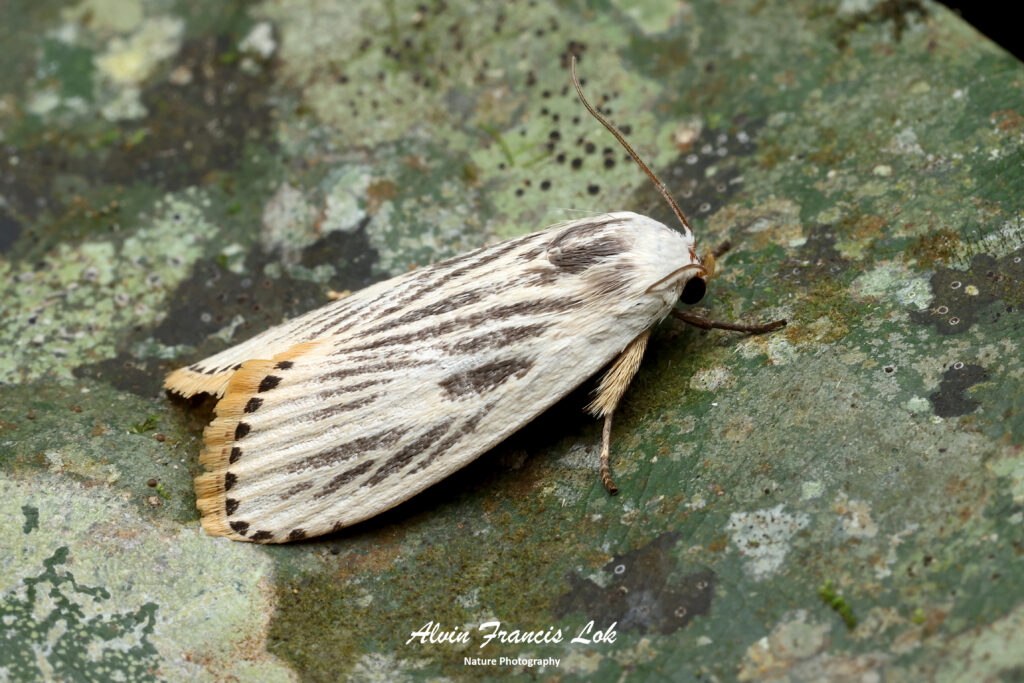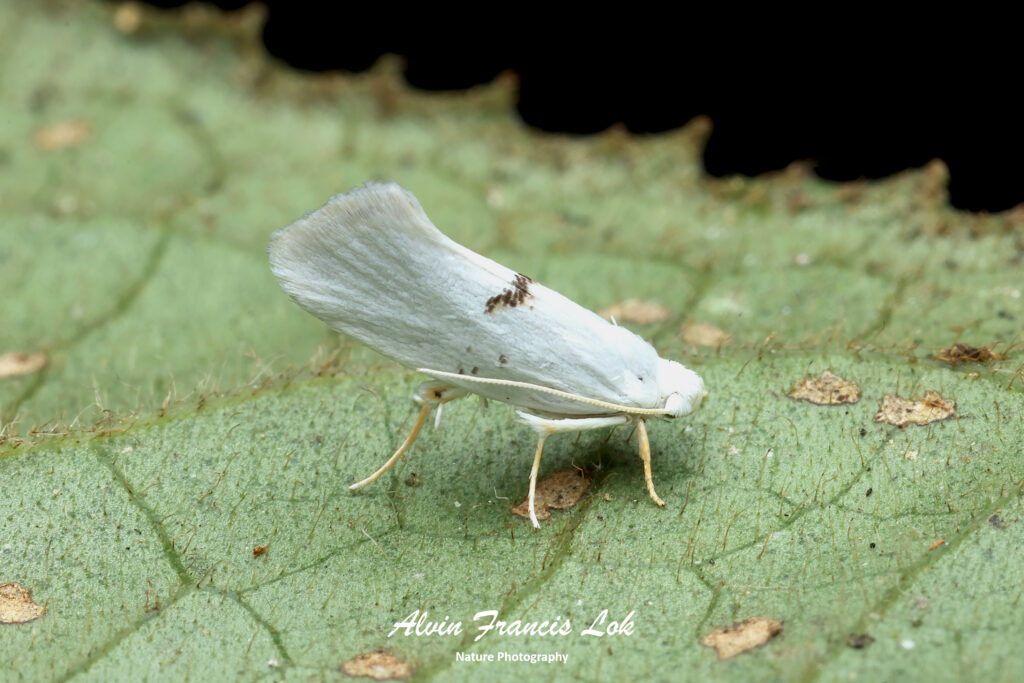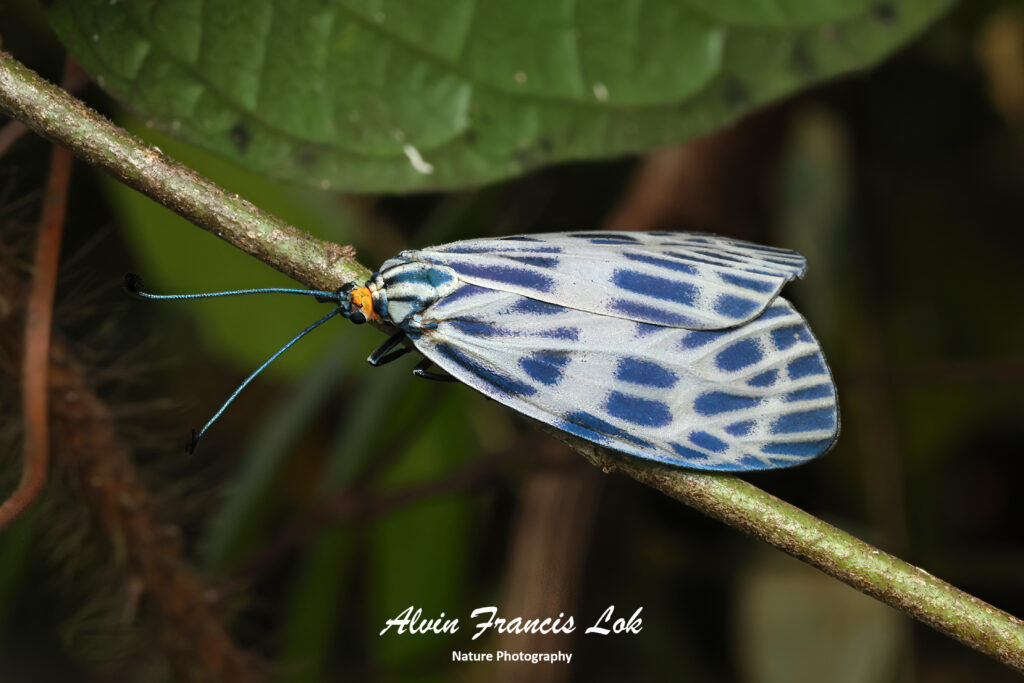The order Lepidoptera includes butterflies and moths. About 180,00 species have been described in 126 families and 46 superfamilies, accounting for about 10% of all described living organisms, the fourth largest order.
Lepidoptera shows a myriad of variations on a basic body structure that have evolved to confer advantages in distribution and lifestyle. Lepidopterans have scales that cover their bodies which can be modified and flattened to give lepidopterans their wide variety of colors, patterns and texture. Almost all species have some form of membranous wings, except for a few that have reduced wings or are wingless.
Mating and the laying of eggs is normally performed near or on host plants for the larvae. Like most other insects, lepidopterans undergo complete metamorphosis from larvae commonly know to us as caterpillars, which are completely different from their adult moth or butterfly forms.
While butterflies and moths play an important role in the natural ecosystem as pollinators and as food in the food chain, their larvae are a problematic agricultural pest. In many species, a female may produce as many as 30,000 eggs in one day. The caterpillars hatching from these eggs can cause damage to large quantities of crops. Many lepidopterans are of economic interest due to their role as pollinators, the silk they produce, or as a pest.
The Lepidoptera are among the most successful groups of insects and are found on all continents, except Antarctica, and inhabit all terrestrial habitats ranging from desert to rainforest, from lowland grasslands to mountain plateaus, but almost always associated with higher plants, especially flowering plants.
Moths and butterflies are important in the natural ecosystem, many having co-evolved with flowering plants and predators. Many have also formed a trophic network between autotrophs and heterotrophs. Larvae and pupae are links in the diets of birds and parasitic entomophagous insects. The adults are included in food webs in a much broader range of consumers (including birds, small mammals, reptiles, etc.).
Because Lepidopterans are preyed upon by so many organisms, an “evolutionary arms race” can be seen between predator and prey species. Lepidopterans have developed a number of strategies for defense and protection, including mimicry, camouflage, and development of threat patterns and displays. Their main predators are bats since most species are nocturnal and again, an “evolutionary race” exists, which has led to numerous evolutionary adaptations of moths to escape from their main predators, including their ability to hear ultrasonic sounds, or even to emit sounds in some cases.
